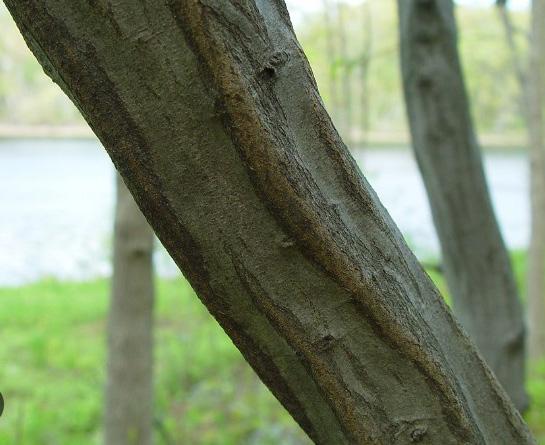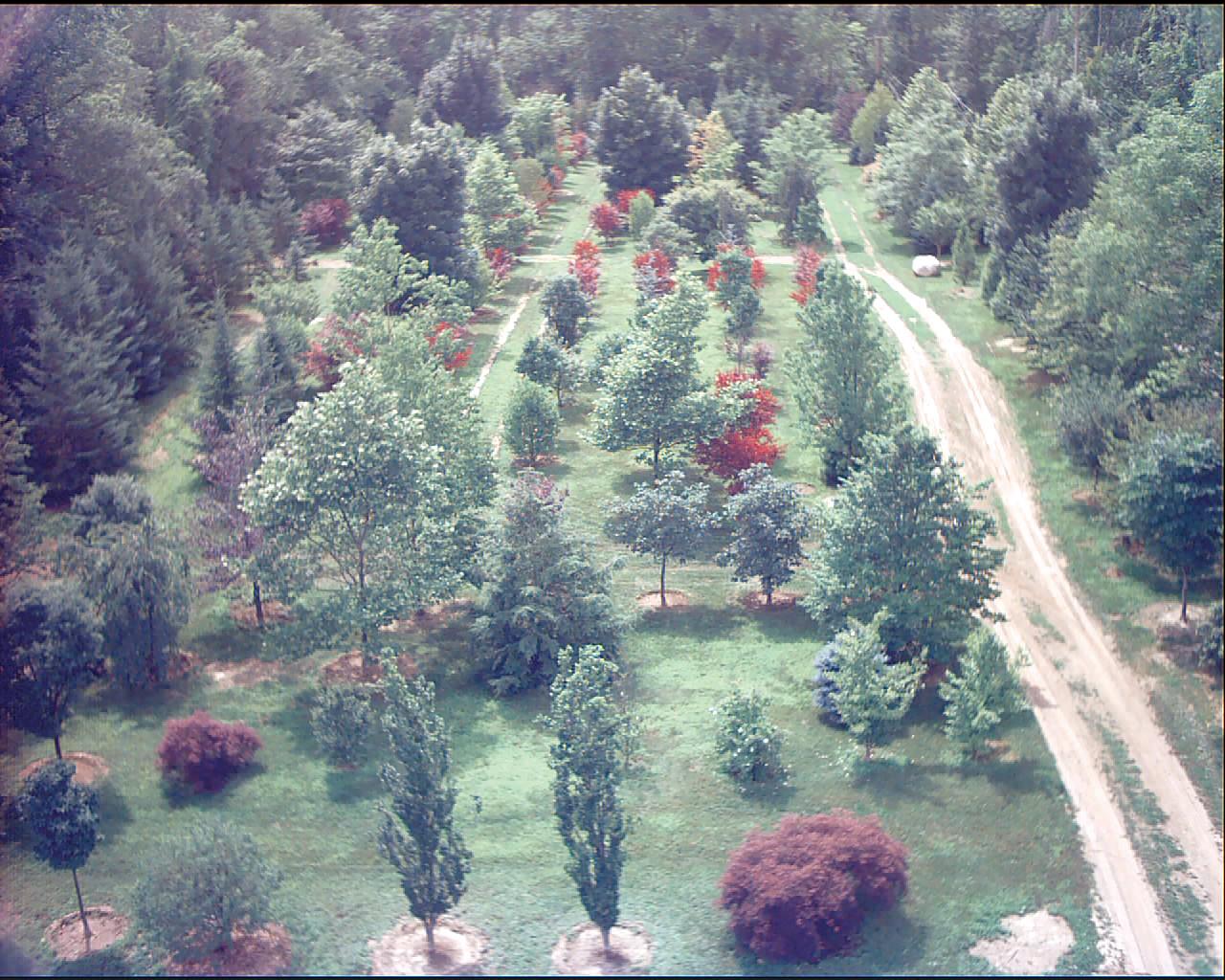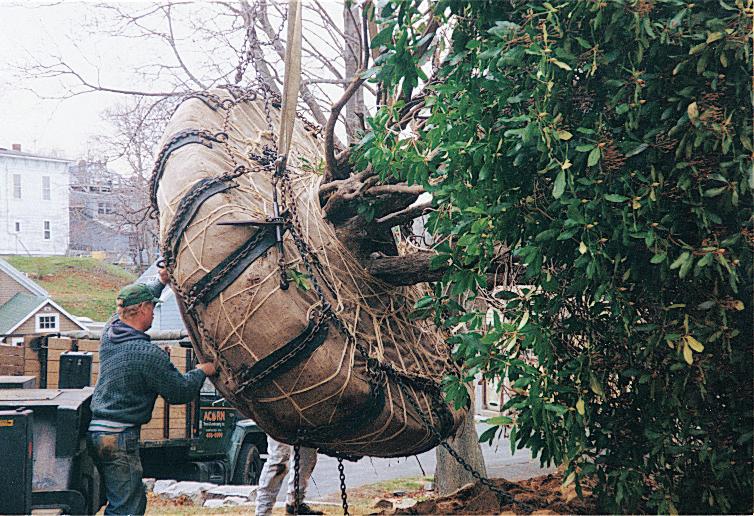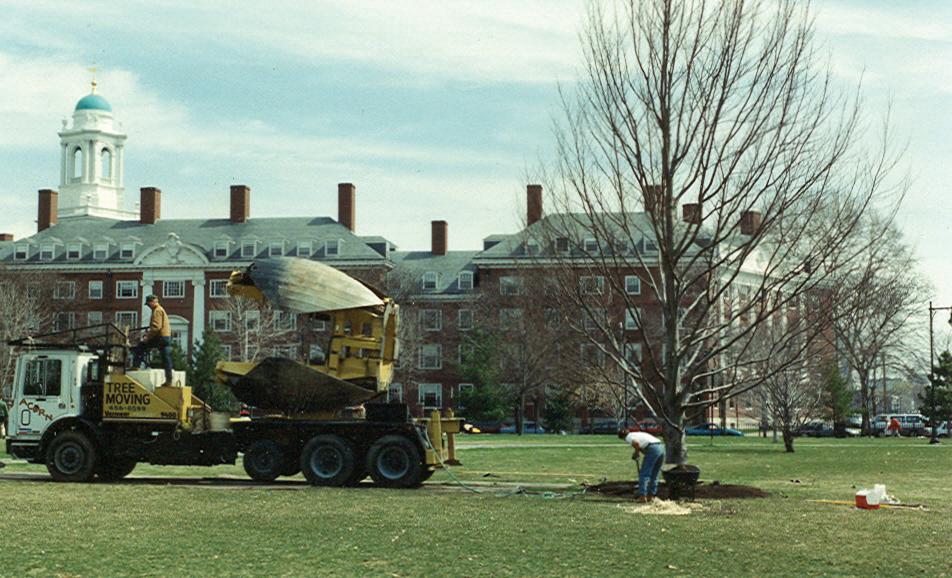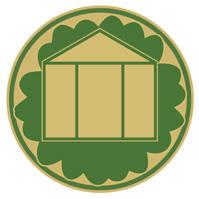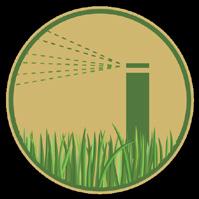









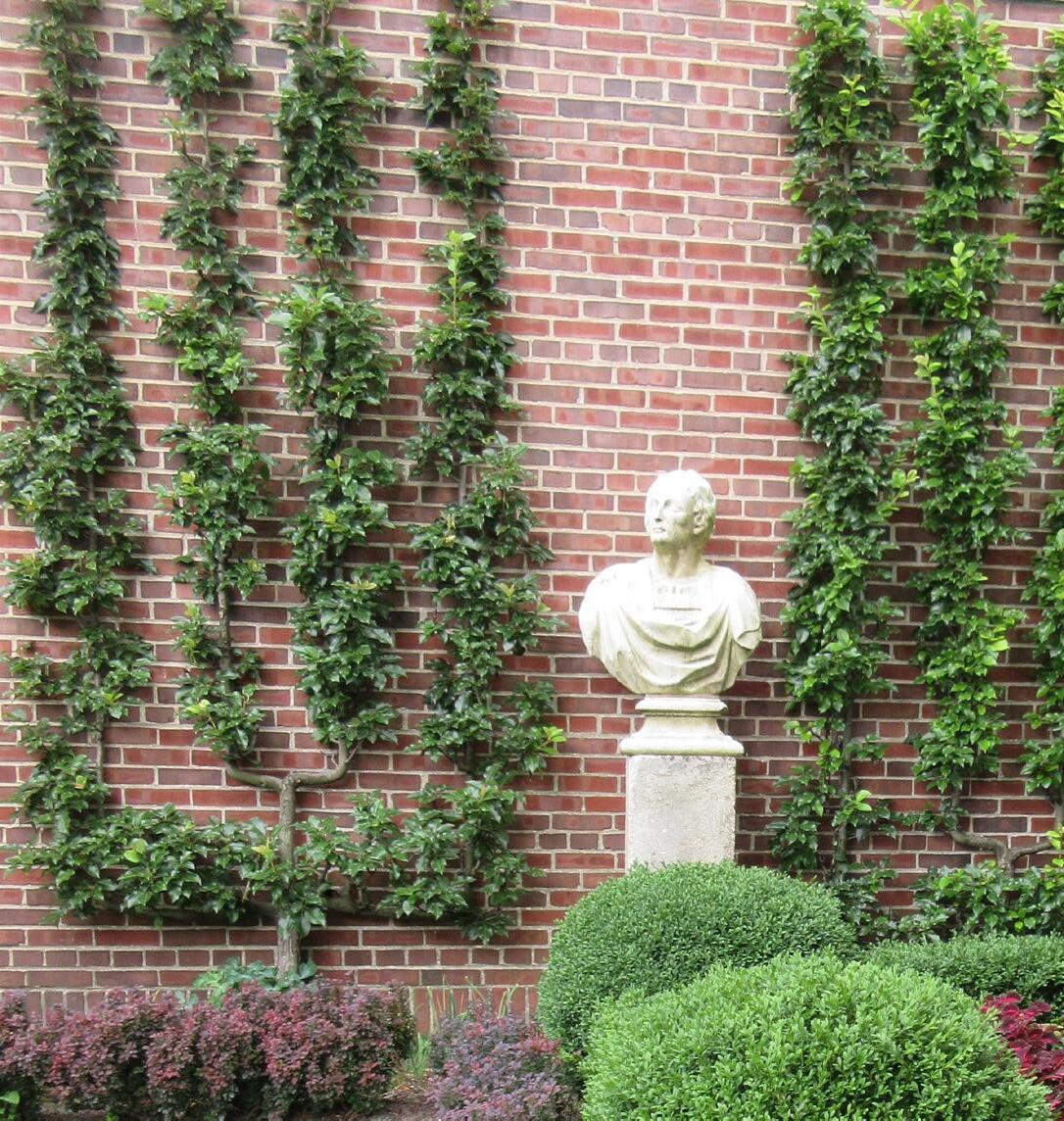

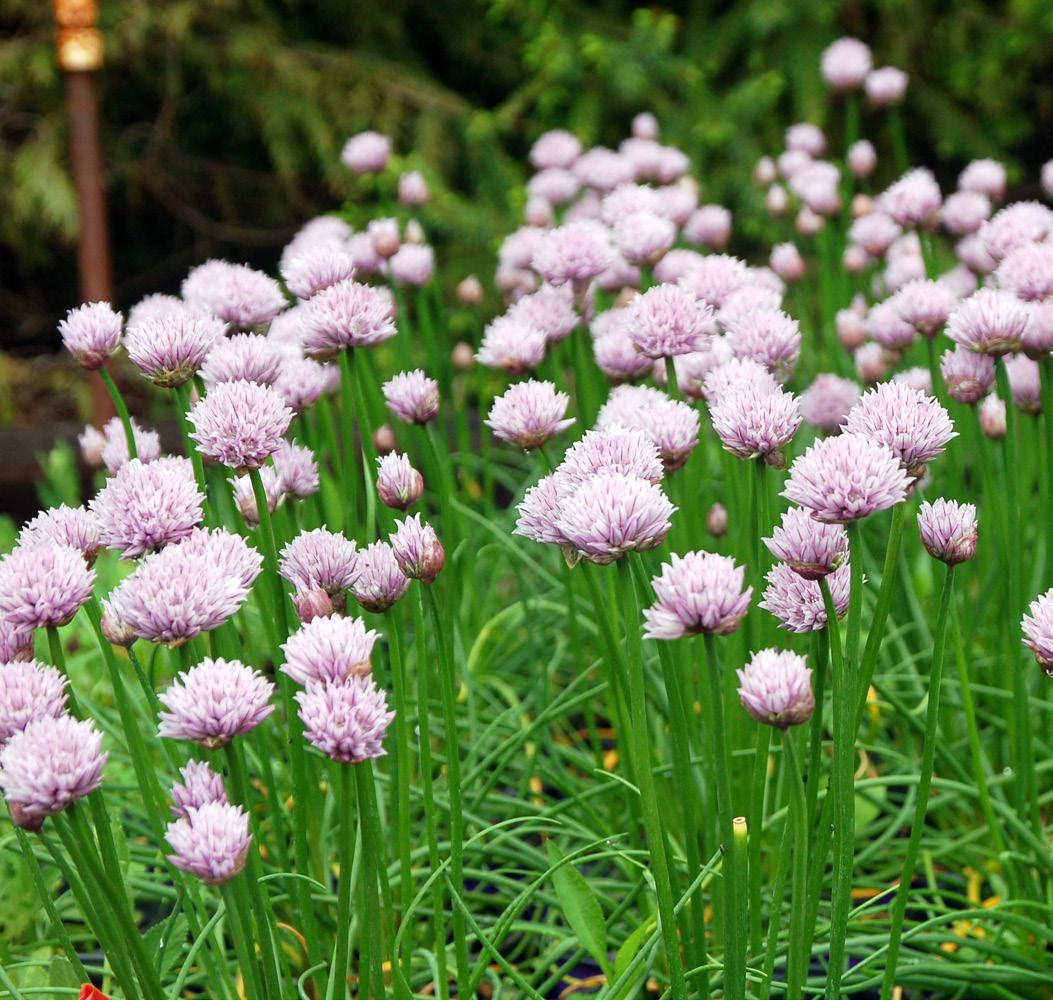

PRESIDENT
Kerry Preston, MCH Wisteria & Rose, Inc. (617) 522-3843
VICE PRESIDENT
David Vetelino, MCH Vetelino Lanscape Inc.
Tel: (781) 826-0004
SECRETARY/TREASURER
Dave Anderson Mayer Tree
Tel: (978) 768-6999
PAST PRESIDENT
Chris O’Brien, MCH Howard Designs, Inc.
Tel: (617) 244-7269
DIRECTORS
Steve Davis, MCH Bigelow Nurseries, Inc
Laura DiCarlo, MCH Cavicchio Greenhouses, Inc.
Justin Mortensen Farm Credit East
Patrick Parent Mahoney’s Garden Centers
Kelly Perry, MCH Swan Point Cemetery board
EDUCATION & RESEARCH COMMITTEE
Deborah Trickett, MCH
The Captured Gardens (781) 329-9698
FINANCIAL COMMITTEE (FINCOM)
Steve Corrigan, MCH — Chair
Mountain View Landscapes & Lawncare, Inc.
Tel: (413) 536-7555
Chuck Baker, MCH — Vice Chair Strictly Pruning
Tel: (508) 429-7189
GOVERNMENT RELATIONS COMMITTEE
Chris O’Brien, MCH Howard Designs, Inc.
Tel: (617) 244-7269
HISTORY COMMITTEE
Philip Boucher, MCH — Chair Elysian Garden Designs
Tel: (508) 695-9630
Skott Rebello, MCH — Vice Chair Harborside P.S.
Tel: (508) 994-9208
MARKETING COMMITTEE
Justin Mortensen - Chair Farm Credit East
Tel.: (508) 946-4455
MASSACHUSETTS CERTIFIED HORTICULTURIST BOARD (MCH)
Corinne Jean, MCH — Chair Wisteria & Rose (617) 522-3843
Advisor: Jack Elicone, MCH John R. Elicone Consulting
MEMBERSHIP COMMITTEE
David Ahronian, MCH - Chair Ahronian Landscape & Design, Inc. (508) 429-3844
PUBLICATIONS:
Editor in Chief: Rena Sumner MNLA Reporter: Amber Ahronian Advisors: Rick Reuland, Trevor Smith, Beverly Sturtevant
EXECUTIVE DIRECTOR
Rena M. Sumner Tel: (413) 369-4731 mnlaoffice@aol.com
LEGISLATIVE DIRECTOR
John V. Fernandes Attorney at Law



*Also serving wholesale customers at our garden centers located at 1099 Main Street, Hingham (781) 749-3773 and 339 South Great Rd (Route 117), Lincoln (781) 259-8884.

By Kerry Preston
Greetings, my friends! As I write this, it is mid-June, and we are on the cusp of our first summer heat wave. Last week, I was wearing a full rainsuit, long pants, and fleece jacket and by this time tomorrow, we are expecting a heat index of 105 degrees. Trying to keep ahead of the weather has been exhausting, and frankly, we gave up looking at the forecast weeks ago.
The show must go on, as the saying goes, the time to plant is now and there has been no stopping this train now that it is go time. I am sure many of you are in the same boat as we are, head down and pushing forward through another season of growing and creating beautiful spaces.
Personally, it has been a good spring for me, I am an avid wildflower hunter, and this was a banner year for my lifetime list. In April and early May I saw acres and acres of trout lily, spring beauty, blood root, blue cohash, marsh marigold, violets, bluets, and anemone. I visited the same forests, woodlands and meadows in May and June and watched as the earth unleashed painted trilliums, red trilliums, star flower, goldthread, and more lady slippers than I have ever seen. As the weather gets warmer, I find the camera roll on my phone filled with not only wildflowers, but tulips, lilacs, peonies, roses and every other flowering tree, shrub, annual and perennial that catches my eye. Does anyone else see a flower so incredible that the only word to describe it is delicious?
We are quickly closing in on the fourth of July, traditionally a time for us to move into maintaining the beautiful gardens
that we have watched come back to life over the past three months. With the late spring, we are still in the thick of it with our designs and planting, hoping that we might be caught up by the end of July and the summer conference, the favorite field trip for our company and hopefully, many of you, Wachusett Mountain is the site of this year’s Summer Conference on July 25th. The lineup of education, vendors, and events is getting better each time I look at the website. Tropical plants and how to use them? Check. Water in the landscape? Would not miss it (unless I am at the Soil Lab… that is going to be a hard choice). Pruning, Native Plants, Invasive Pests — how can I see everything and still have time to watch the Container Gardening competition? No matter what you and I decided to participate in, the day is going to be something special. Our Fun Committee is busy planning bigger and better ways to entertain you during the day; the ski lift will be open, music will be playing, and pigs will be flying (trust me, you do not want to miss Countess Eatsalotti as launches from the ski lift).
So, I will end this little note letting you all know that I appreciate each and every one of you, I am grateful. to be steering this ship for the year and cannot wait to see you in person at the Summer Conference and out in the gardening world.
All my Best,
Kerry Preston, MCH MNLA President Wisteria & Rose







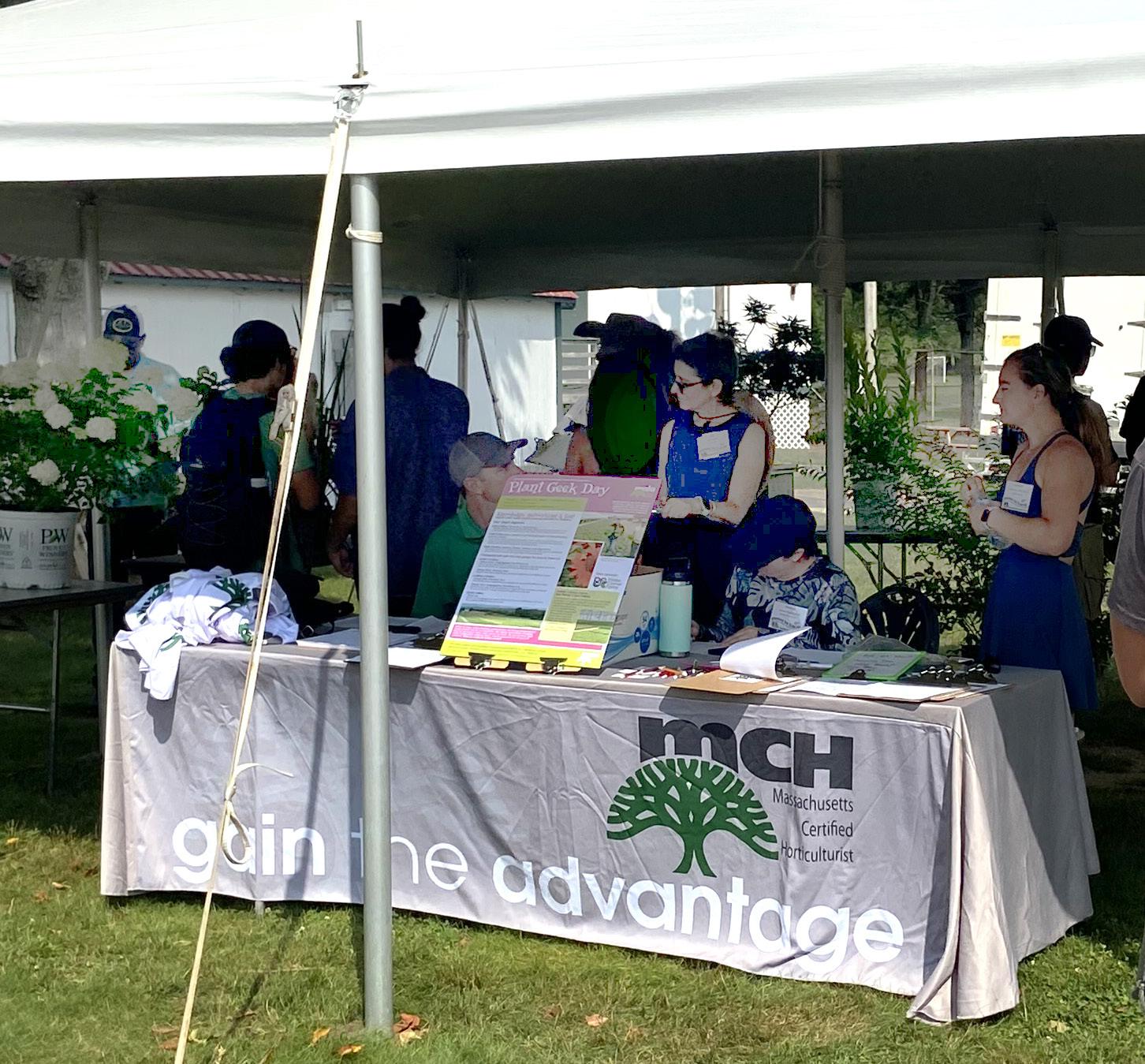

By Amber Ahronian
Steve Corrigan, MCH, started Mountain View Landscape and Lawncare in Chicopee, Massachusetts, along with two partners in 1976. Since a reorganization in 2006, Steve has been the sole owner of the company. With about 100 full-time employees, including a management team of about 20, they operate in the Springfield, Massachusetts, to Hartford, Connecticut, area with some extensions. The company works in commercial grounds maintenance and snow service, as well as general contracting on large projects for educational institutions, parks, playgrounds, and athletic fields.
As Steve prepares a succession plan with his son, Sean, he recollects starting as a high-schooler cutting grass in his neighborhood. Once he began winning his first commercial accounts, he furthered his education in the landscape program at Springfield Technical Community College. His work expanded from there, developing into the Mountain View Landscaping we know today.
Showing his passion for volunteerism and getting involved in the industry at a larger scale, Steve has served in multiple positions for MNLA, most notably as President from 1999–2000. Now a past president, Steve remembers serving on the board with a great group of people, many of whom are still active in the organization like he is. He reports having great discussions and forming meaningful friendships. He currently serves as chair of the Financial Committee, where he continues his participation in keeping MNLA strong.
Because he got involved in the 1980s, Steve has been active through the multiple steps that led to the formation of MNLA as we now know it. How did he get started? Steve states it simply: I was asked, and I said yes. So at an industry conference at the Hynes Convention Center, when Steve was in his
30s, he joined the board and began a history of volunteerism in the industry to be proud of. During his experience, he has learned a lot about the industry from taking conference classes and talking to other knowledgeable people.

Steve Corrigan, Mountain View Landscape and Lawncare
Steve offers this advice to those interested in getting involved in MNLA: Jump in. He admits having no idea what he was getting himself into when he was first asked to join the board, but he thought, “If you can do it, do it.” He suggests being part of a committee for a few years to get a sense of things and then joining the board. A leader, no doubt, Steve hopes his story can encourage more people to volunteer, meet people, and propel the industry forward as he has.


By Mark Dwyer
While we typically pronounce it as “es-PAL-yer” or “es-pal-YAY,” this interesting approach to treating woody plant material may bring significant opportunities, value, and impacts to the landscape.
The French word, espalier, is derived from the Italian spalliera, which means “something to rest the shoulder against”. When used as a verb, “to espalier” a plant refers to training that specimen to grow flat against a wall, fence, or trellis. Free-standing forms are also trained into a “flat plane” that minimizes the square footage they utilize, where they become excellent as screens or space savers in those
tight, narrow spaces where traditional woody selections may become too large and out of scale.
Used as a noun, “espalier” refers to the actual plant, which includes many candidates of trees, shrubs, and woody vines, that has been pruned, guided, and encouraged into a specific, desired form or pattern that has minimal depth. This longpracticed art, or process, of controlling plant growth in a flat plane can have merit as a design element for our clients and may also offer the opportunity for supplemental income from maintenance support in professionally tending, training, and caring for these elements. In my 30-plus years of design, I’ve
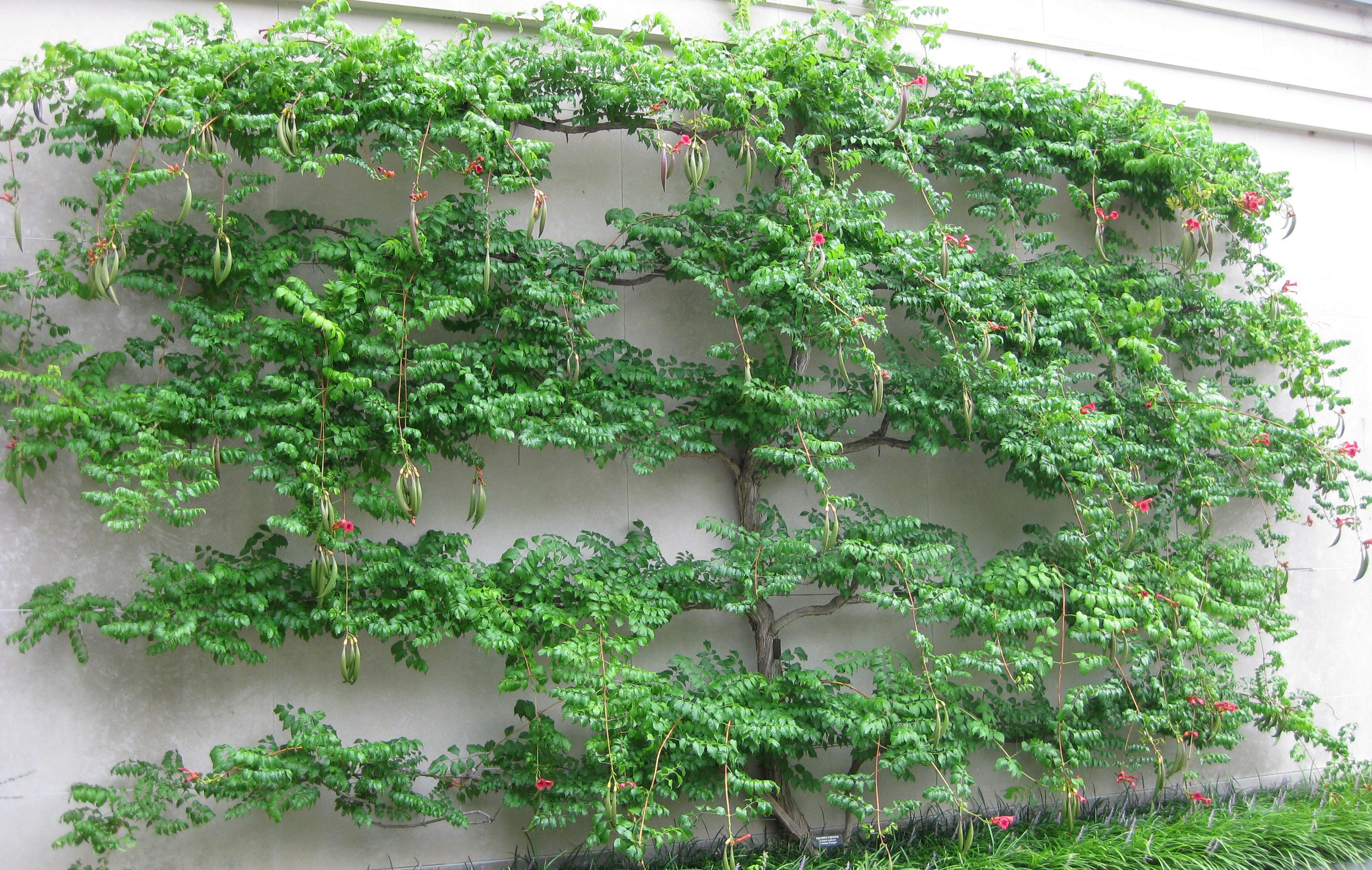


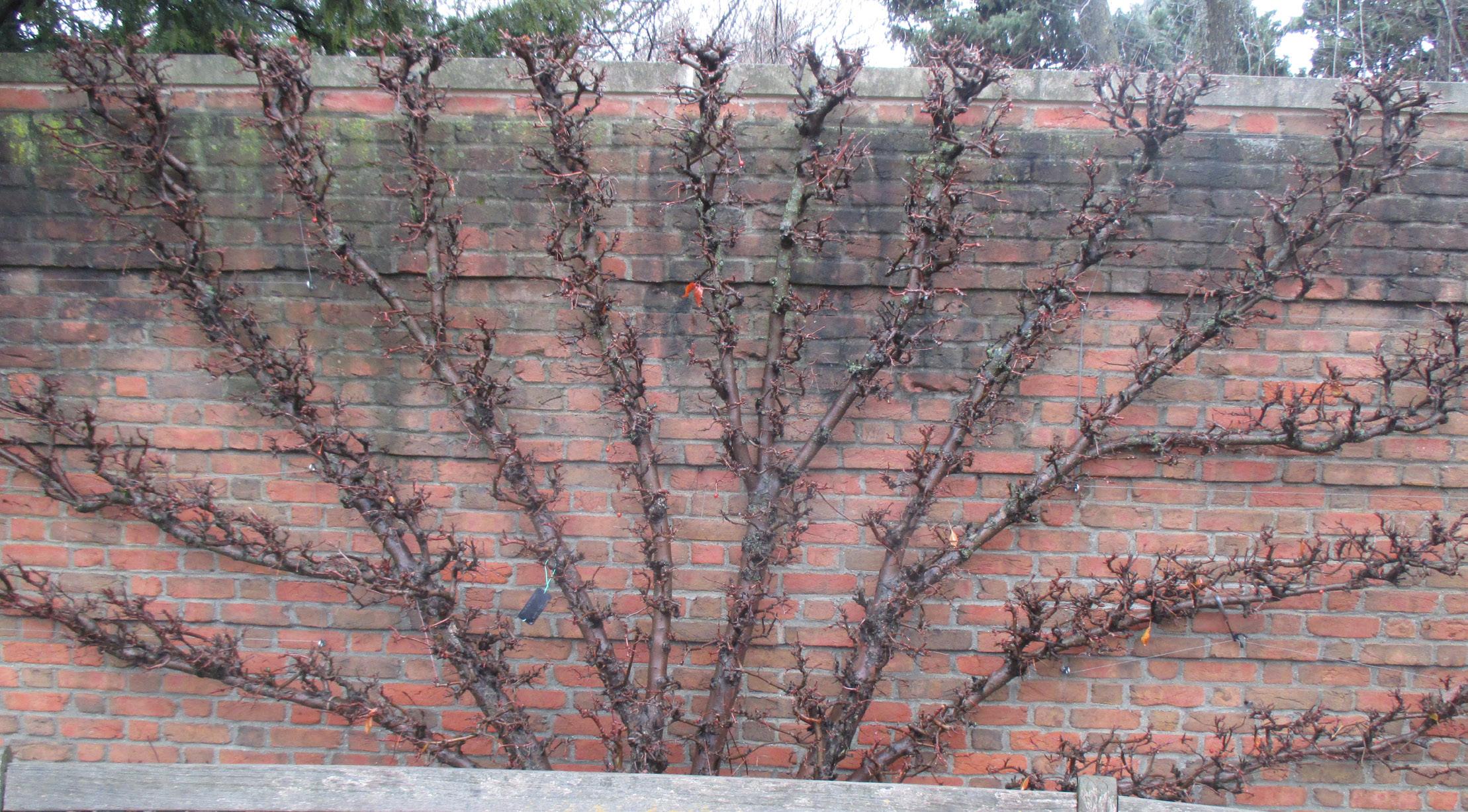

recommended espaliered woody selections many times as features along open walls and fences due to space constraints or with the intentional purpose of ornamentality. Notably, I’ve never told clients that they are low maintenance.
Thought to originate with the Romans, the Europeans later mastered espalier techniques with the original intent revolving around space conservation and taking advantage of growing fruit trees against walls with southern or western exposure for frost protection and the advantageous heat. Harnessing more sunshine, these espalier arrangements against warm walls created microclimates, quicker ripening of fruit, better fruit production, and a lengthened growing season. The classic European espalier styles can be traced back to the 16th and 17th centuries and were again based on the practicality of maximizing fruit production for sustenance. Vineyards have long used espalier techniques to train
grapes for support, air circulation, and ease of cultivation and harvest. Later in history, espalier specimens transitioned into more appreciable, artistic, living sculptures that could soften bare facades and add scale to the space. Well-tended espalier specimens with committed caretakers are true works of art.
While almost any woody plant can be espaliered by continual removal of undesired growth and through the directing and guiding of desired growth, some plants are more suitable than others. Many references and resources explore the vast array of potential candidates for espalier. As with any plant we select for the landscape, it is important to understand the existing soil conditions, available sunlight, and other site factors that might dictate or limit our available palette of contenders. Full sun is ideal, of course, for fruit-bearing woody plants.
It is important to note that committing to the process of espalier is not a lowmaintenance endeavor, and the common installation of younger plantings and those important early training efforts can take many years to see significant progress in achieving your intended patterns. Patience is warranted.
Fruit trees, particularly apples and pears, have a long and understandable history with espalier. What makes them suitable are the many flexible, supple, lateral branches that are easily guided and encouraged. Intensive pruning directs energy away from the vigorous, primary vertical growth and redirects it into shorter, designated laterals. Pruning schedules and training efforts will vary depending on the specimen and pattern but at least a monthly visit is warranted. Pruning should end 4–6 weeks before the first frost date as there is a danger in promoting tender new growth that won’t be prepared for impending winter temperatures. Pre-
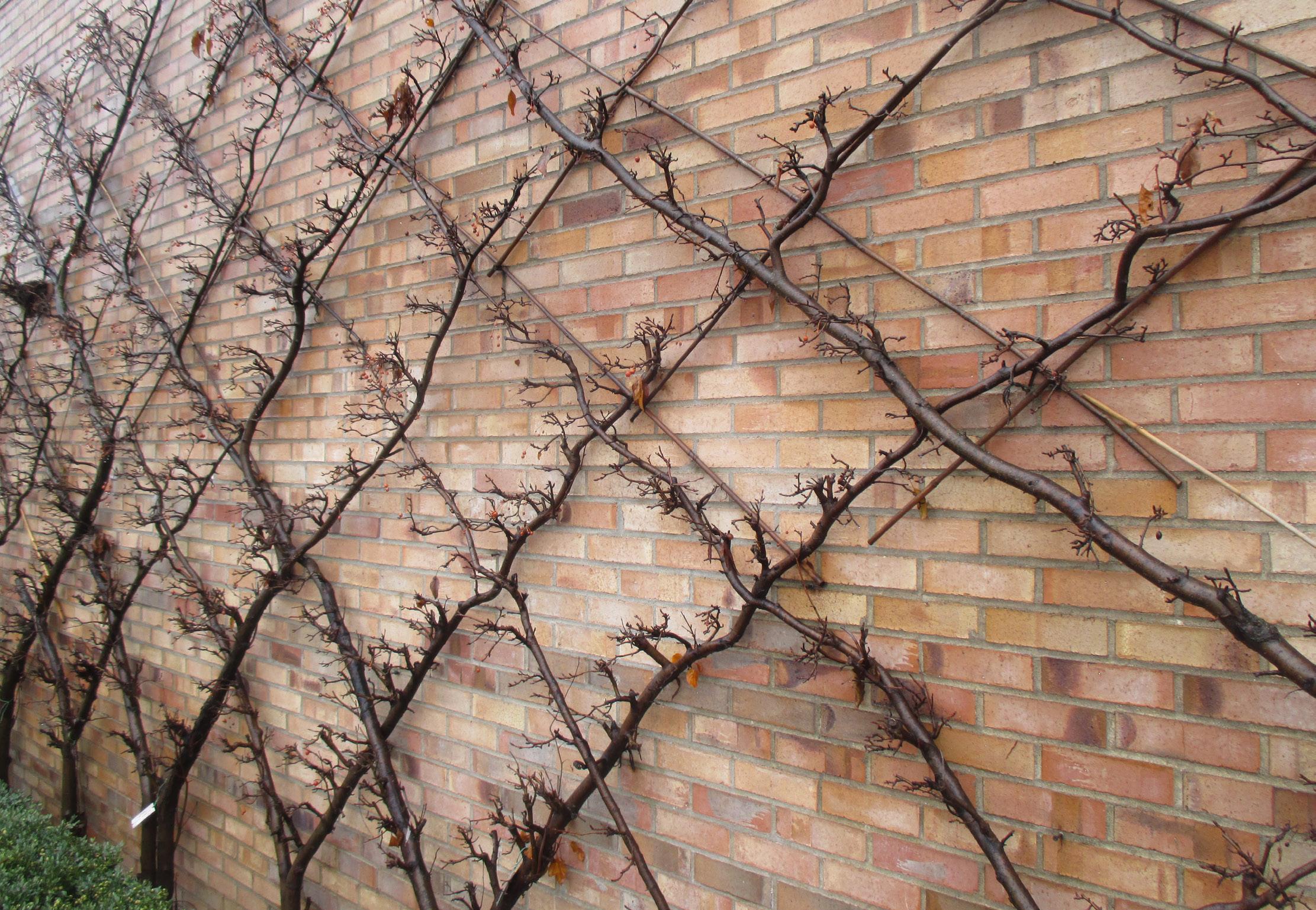

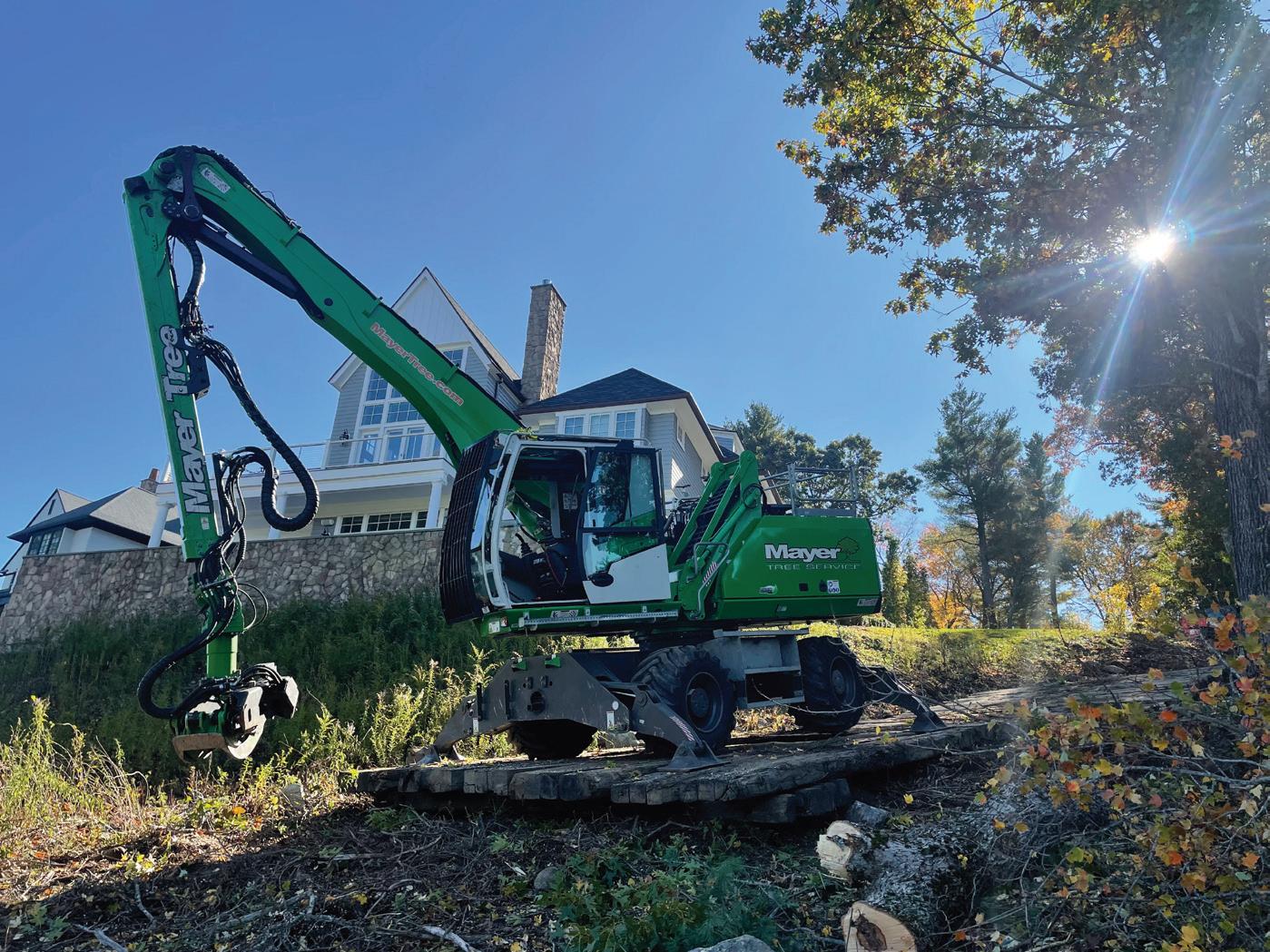
“TREES






We deliver quality, reliability and solutions to meet your specific needs. The distinctive green machines is the Sennebogen. Mayer Tree has changed Sennebogen from an obscure German word into a household name in the tree care industry. Our expert operators have years of experience with these machines. Whether The Sennebogen, The Albach chipper or The Falbach crane grapple, we have the equipment to eliminate problem trees safely and e ciently. Don’t take chances and don’t settle, call Mayer Tree Service today!


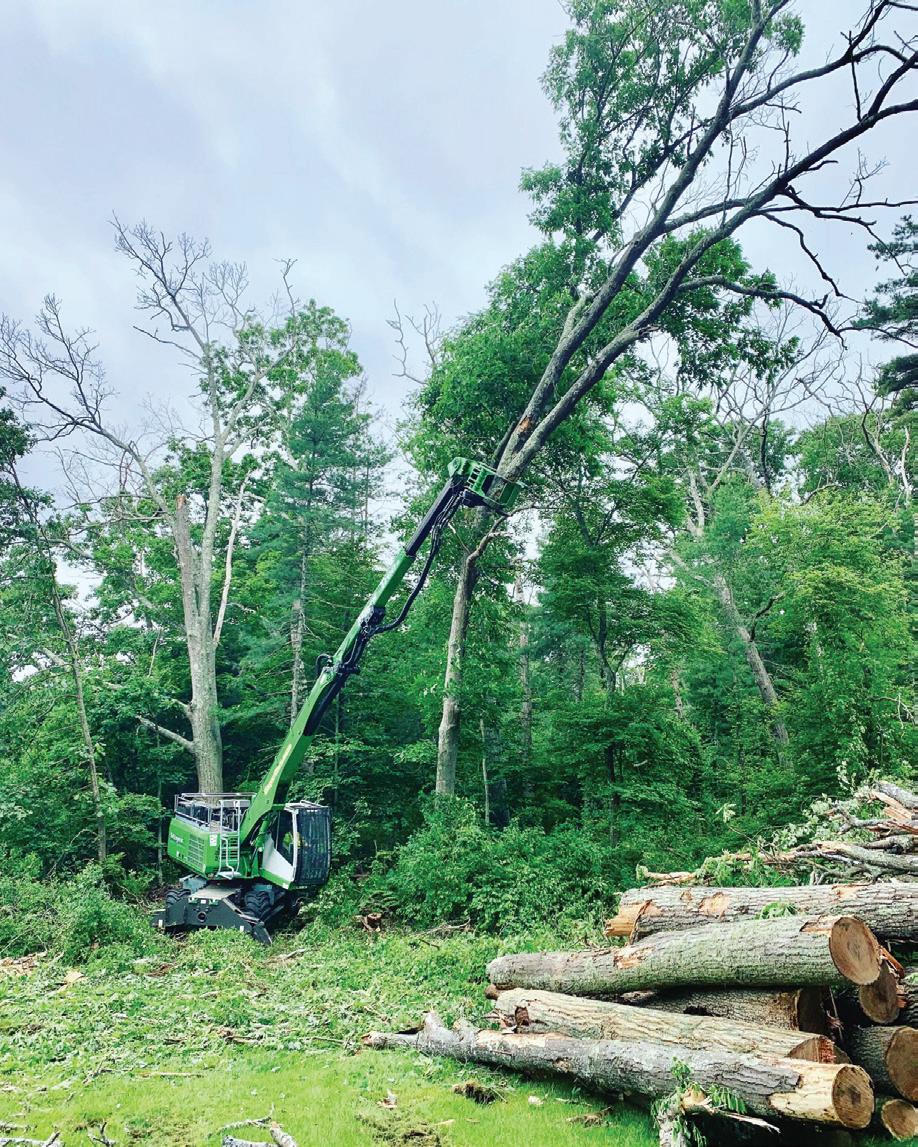

trained espalier selections (apples being the most prevalent) are commonly available and are usually sold between the height of 3 to 5 feet. However, they are not “plunk and run” installations, and the commitment to care is paramount in maintaining their structure and contribution to the landscape. A neglected espalier specimen becomes a tangled, sprouting mess without due diligence.
The choice of espalier pattern does influence plant selection to a certain degree and certainly impacts maintenance expectations. Simpler patterns require less maintenance, although the most intricate of patterns, while laborious undertakings, are fine art and can add a focal point to a space in all seasons of the year. Informal or free-form patterns allow for a less geometrical approach and can still contribute the same interest and textural softening. Free-standing arrangements can make amazing living fences,
screens, or unique vertical accents. Your intended location for the espalier might affect your pattern selection — and certainly the plant palette under consideration. While there are dozens of patterns, some of the most common include Cordon, which features many horizontal branches coming off a central trunk. This most traditional form is common for apple and pear trees and frequently has multiple tiers for maximum fruit production. The Fan pattern is quite versatile and common for stone fruits (cherries, plums, peaches, etc.). This dramatic approach begins with a backing of horizontal wires and involves regular and focused guidance. The Candelabra pattern has branches initially growing horizontally but then bending 90 degrees into a vertical arrangement. This is a classic and popular pattern with mature specimens becoming quite striking, particularly along walls. The Belgian Fence pattern is a closely planted, freestanding option with interlocking trees in a Y format that creates a beautiful
living screen while still allowing for air circulation through the 45-degree angle, gridded pattern. This lattice effect makes the Belgian Fence pattern an ideal candidate for a symmetrical, living fence. There seem to be endless variations upon a theme when researching the many creative espalier patterns as seen in some of the photos included in this article.
Keep in mind that air circulation between the espalier specimen and structure is vital so intentionally including and maintaining a 6- to 8-inch gap behind the specimen will allow air movement, minimize mildew and other diseases, and make for the desired ease of harvesting with fruit trees. This gap also will help reduce potential damage, staining, or discoloration of the wall or fence. In situations where eaves or an overhang will affect available precipitation, adjust the planting location and distance from the structure as needed.
I’ve suggested espaliered trees along open brick walls, tall fences, and other elements that would benefit from some

greenery but perhaps lack the available real estate for larger plants or a wider bed or border. Masonry walls can be ideal for an espalier and lend themselves to appropriately installed support systems. Eye bolts, U-bolts, or eye screws, when properly anchored into mortar joints, offer strong support for guiding espalier specimens. The supports are placed in specific locations depending on the pattern selected and the target plant is pruned and secured to conform to the pattern. Heavy-gauge wires, when pulled taught, should resist the pull and weight of the branches as they gain size. If the support framework is made of wood, it’s important to select rot-resistant woods for longevity. These supports can also become a nice guide for training branches, particularly with formal
espalier patterns. Free-standing espalier screens can be supported by sturdy terminal posts with taut, heavy-gauge wires that are stretched and secured. Research the best materials to use on your specific intended surfaces while also taking into account the chosen plant and anticipated growth and ultimate scale.
Vigilance in pruning stray branches that grow beyond desired boundaries or the intended plant silhouette and pattern is recommended and essential. The bending and training of limbs is typically done in progression over the summer months when they are the most flexible. There are also ways to encourage, prod, and develop future desired lateral growth although that is quite species-dependent. If any sort of ties are utilized to secure the plant material, periodically check and
loosen these as needed to avoid girdling the branch. This is a perpetual task. While labor-intensive, incorporating espalier selections in the landscape allows you to add signature beauty and elegance to bare walls and other surfaces. Effectively used in tight, confined areas, espalier options also expand your design opportunities and may find significant appeal for the discerning client.
This article is not meant as a comprehensive “how-to” supplement. Additional research on proper pruning and training methods based on the specific plant is important for more guidance on establishing a successful and beautiful espalier specimen. Patience, skill, and creativity are necessary.
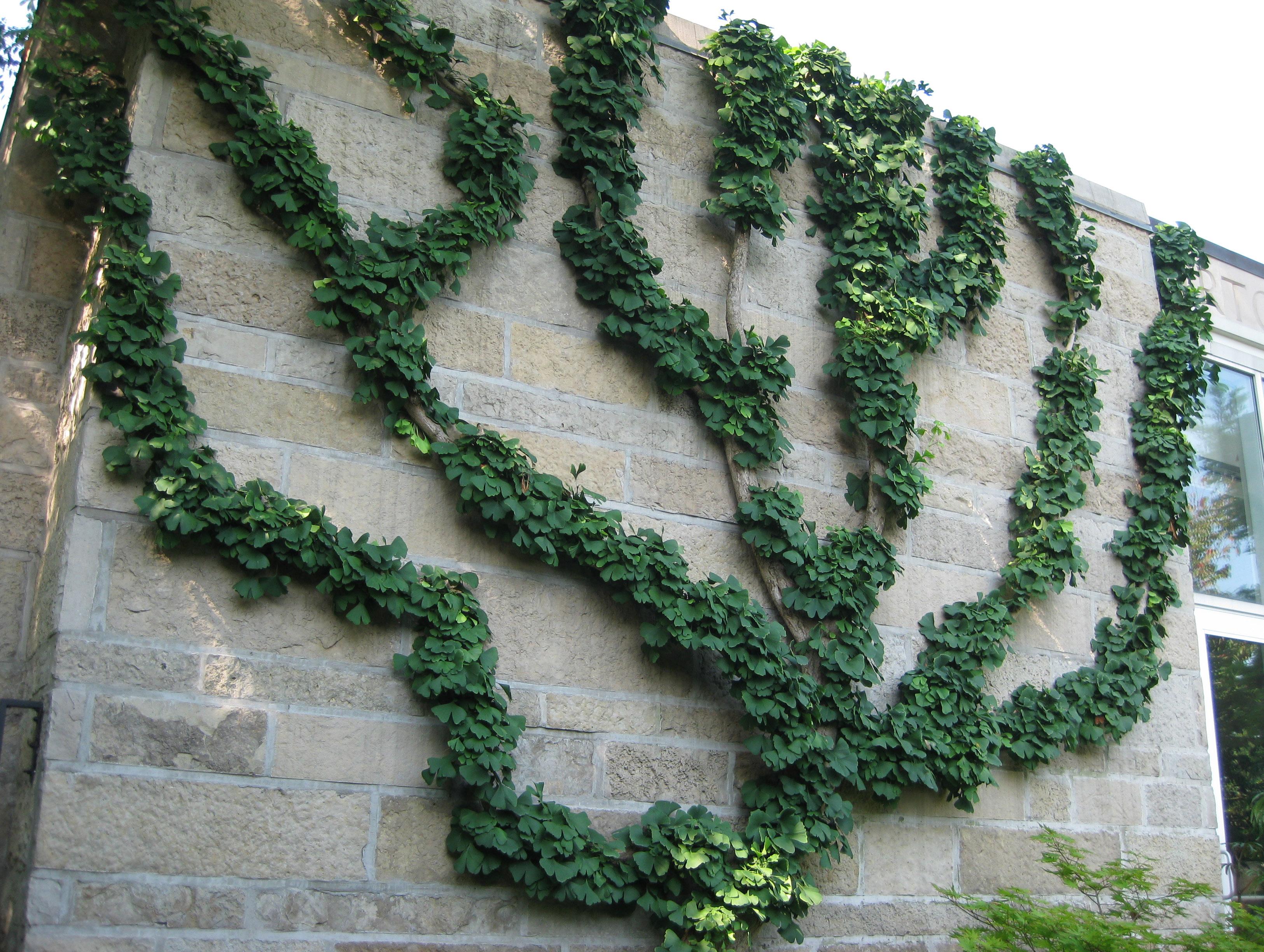
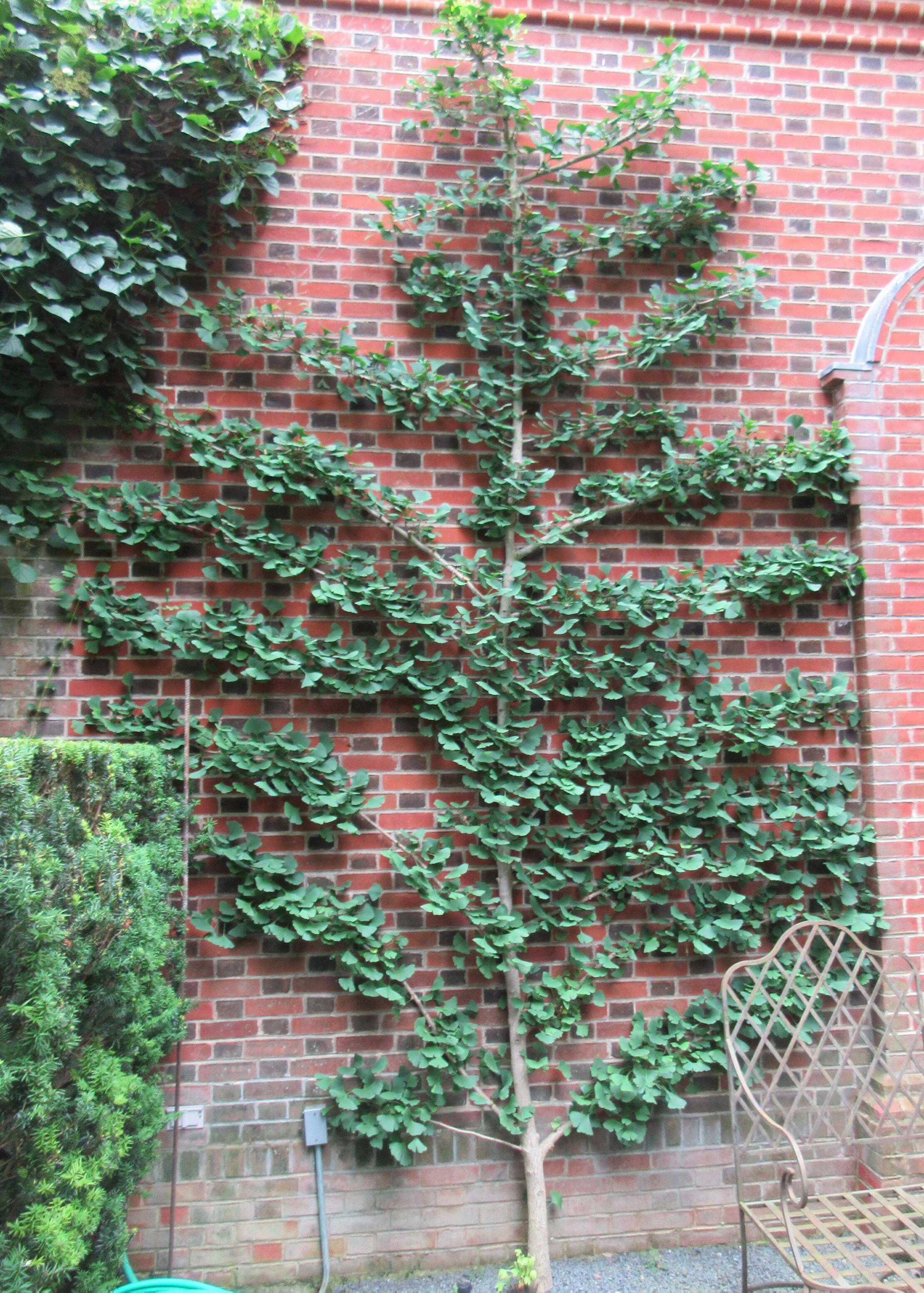
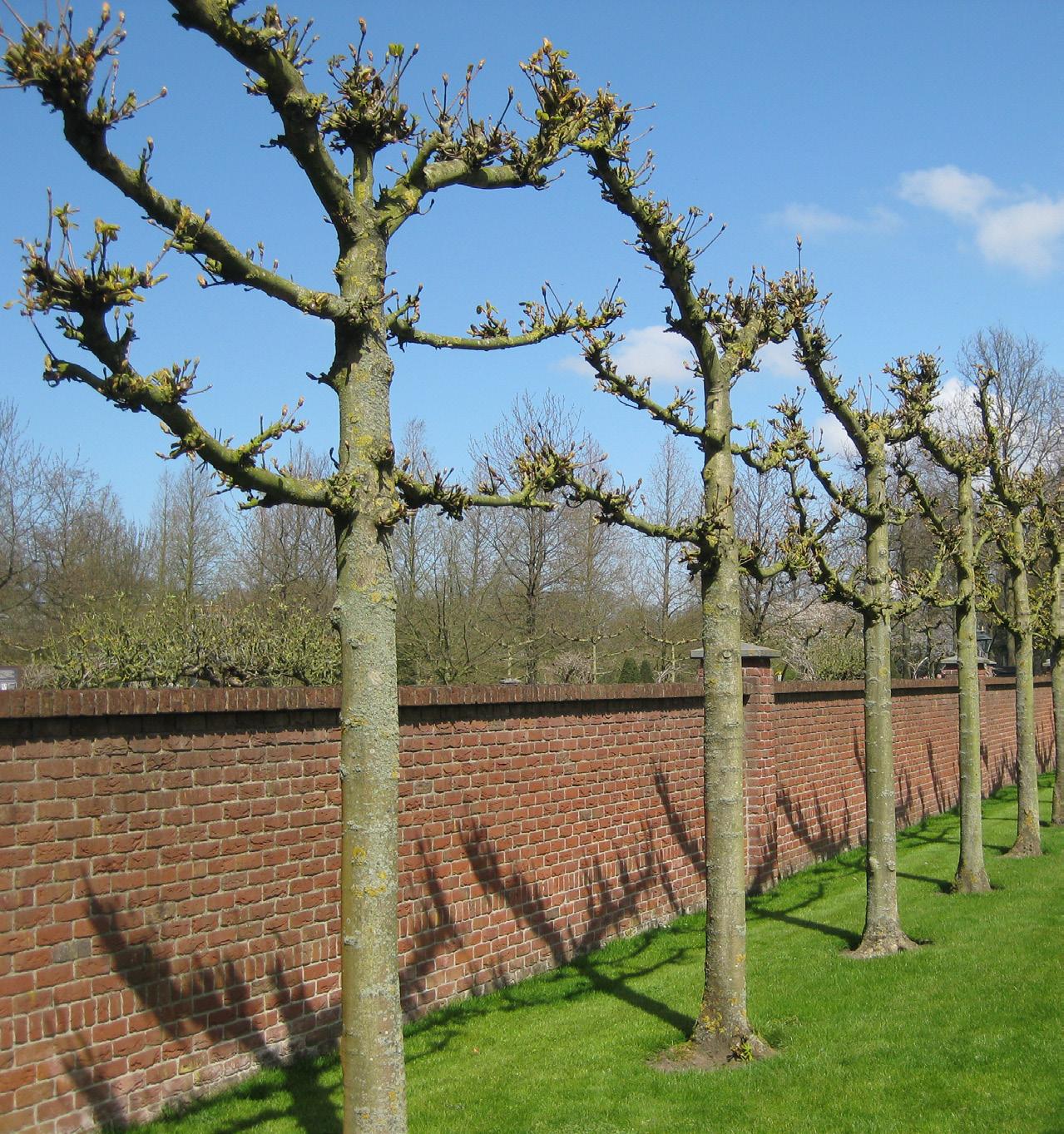
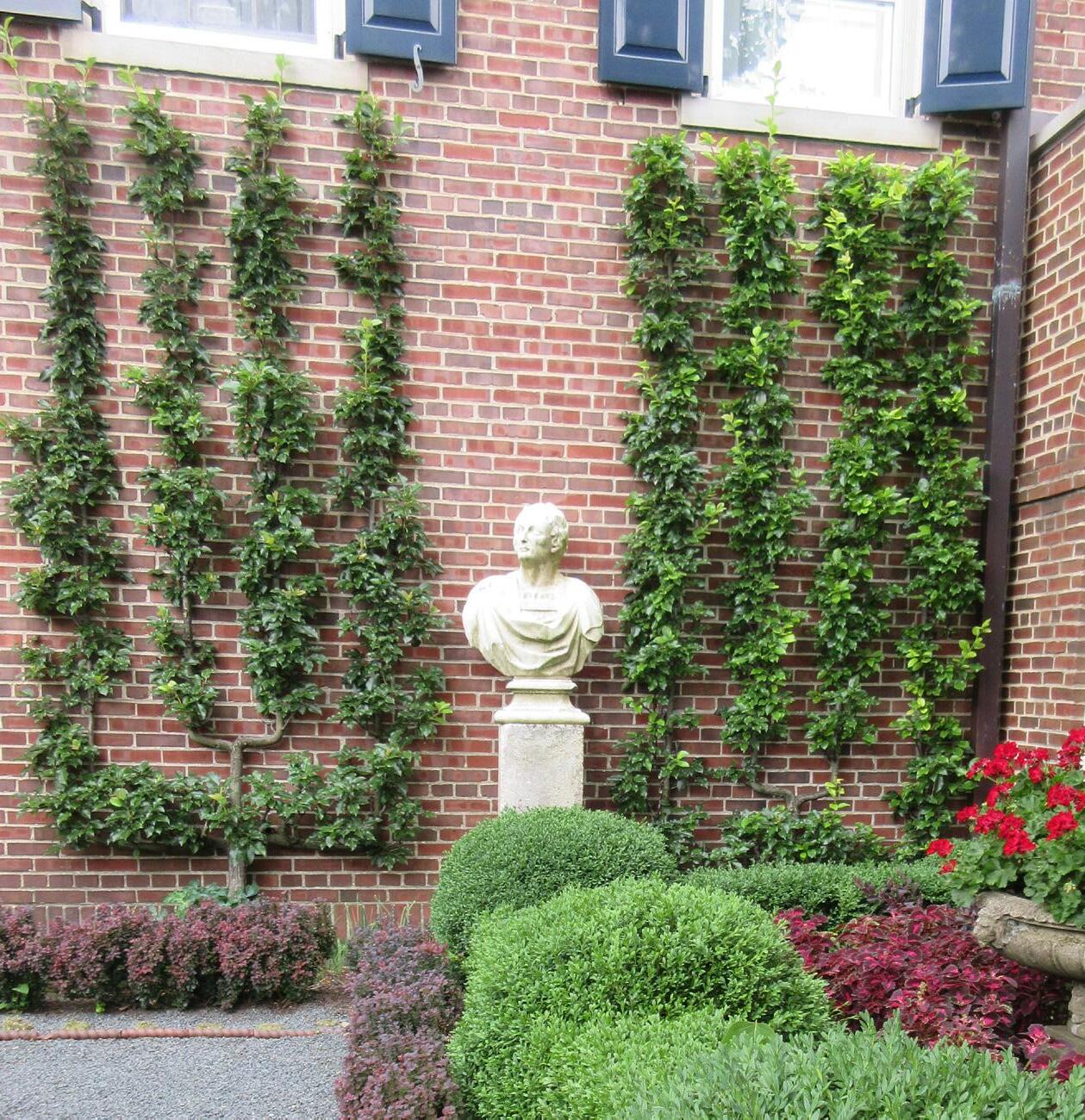


Established in 1910, Cavicchio Greenhouses is a fourth-generation New England farm working more than 250 acres in Sudbury. As a horticultural grower and landscape distributor, we cultivate and supply an extensive variety of annuals and perennials, nursery stock, stone, masonry and landscape materials. With a hard-earned reputation for service, quality, selection and sustainability, we work with professionals and garden centers throughout the area to keep our region beautiful.

110 Codjer Lane, Sudbury, MA 01776
978.443.7177
www.cavicchio.com
by Heather Prince
One of the key steps in designing a landscape is determining how people will move from place to place within and without a site. How do people arrive at the property? How do they get to the entrance? The back vegetable garden? A secluded bench? Once you determine a site movement map, it’s time to explore the myriad possibilities of creating experiences in the garden with what’s underfoot.
Many times, we want to restrict movement in a landscape. There may be a fence, wall, hedge, or other barrier to delineate spaces. We might use a gate to pierce these barriers and cause people to pause. There might be a grade change that requires steps. By being thoughtful with the elements, you create certain moments in the site experience. Think about your thresholds.
Inevitably, humans are curious creatures, and we want to know what’s on the other side of the gate or fence. Choices in gate materials can reflect the architecture of the home, the style of the gardens, and how you want people to cross that threshold. For example, stacked stone columns provide weight and importance to a threshold. It’s obvious where to go to enter. Add lanterns or lights on top, and people will definitely know where the front gate is located. You might choose a smooth concrete path so foot traffic can easily and quickly approach and move through into the garden spaces beyond. This is an important portal, and folks have a destination.
Conversely, a rustic gate in a narrow space causes us to stop. We might add an arbor with flowering vines to give a
cottage feel to the space. Brick pavers or flagstone will cause footsteps to slow and linger, enjoying a glimpse of what lies beyond. This entrance is restricting and can immediately cause intrigue because humans are forced to slow down and stop. It’s an opportunity for a vignette planting or a decorative container to signal the transition from driveway to private garden rooms.
How do you want humans to move through the hardscape? When we are uncomfortable, we slow down, pause, and stop. When we’re comfortable, we move swiftly and surely, ignoring where we put our feet. In some cases, a property may require surfaces that are easy to navigate for folks with mobility issues or those who deal with diseases such as Parkinson’s where the brain can stutter and stop when faced with material changes underfoot. Rough and uneven surfaces cause us to slow down. Rustic flagstones may be the perfect choice for a cottage home where the goal is to linger in the gardens. We also slow when paths are narrow, so a flagstone footpath allows for a loitering garden experience. Decorative pavers or stamped concrete may make sense for a contemporary home where a lively family bounces between the pool deck and play structures and little feet are less likely to trip. Wider paths also allow us to move swiftly through the landscape.
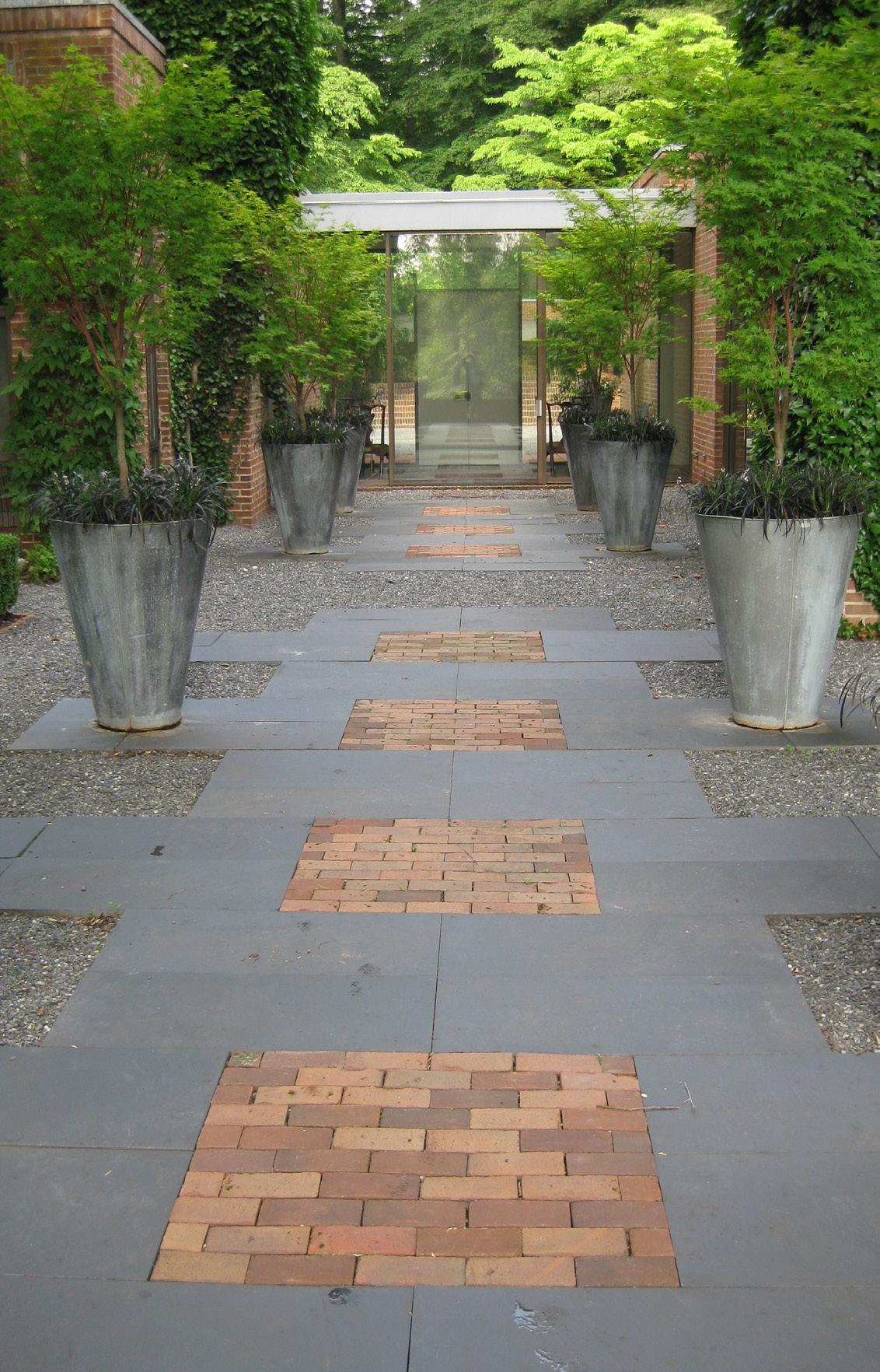
Crunchy textures also force us to slow down. Gravel from pea-size and up makes us pay attention to our feet. It


also gives an alluring soundscape that might signal a transition from easy entrance to elegant garden. Mulch paths can give us cushion and bounce while we navigate garden beds. The fragrance of wood chips provides another subtle level of interaction in the outdoor spaces.
There are myriad opportunities for creating underfoot experiences from ribbons of lawn to mulch paths, from smooth concrete to round river stones. These are some of the materials you might choose to create an interesting garden experience.
From Jens Jensen’s signature stacked limestone to contemporary outcropping, limestone features prominently in our landscapes. You’ll find flagstones for walks and walls, large slabs for steps and statements, and trimmed blocks for easy travel. Bluestone is another commonly used stone for a more polished, sophisticated look with its smooth, dark, blue-toned pieces usually trimmed into regular squares or rectangles. In the landscape, granite is more likely to be used in boulders or tumbled rocks. Rarely, you’ll find tumbled river stone placed on edge for a tapestry rug effect.
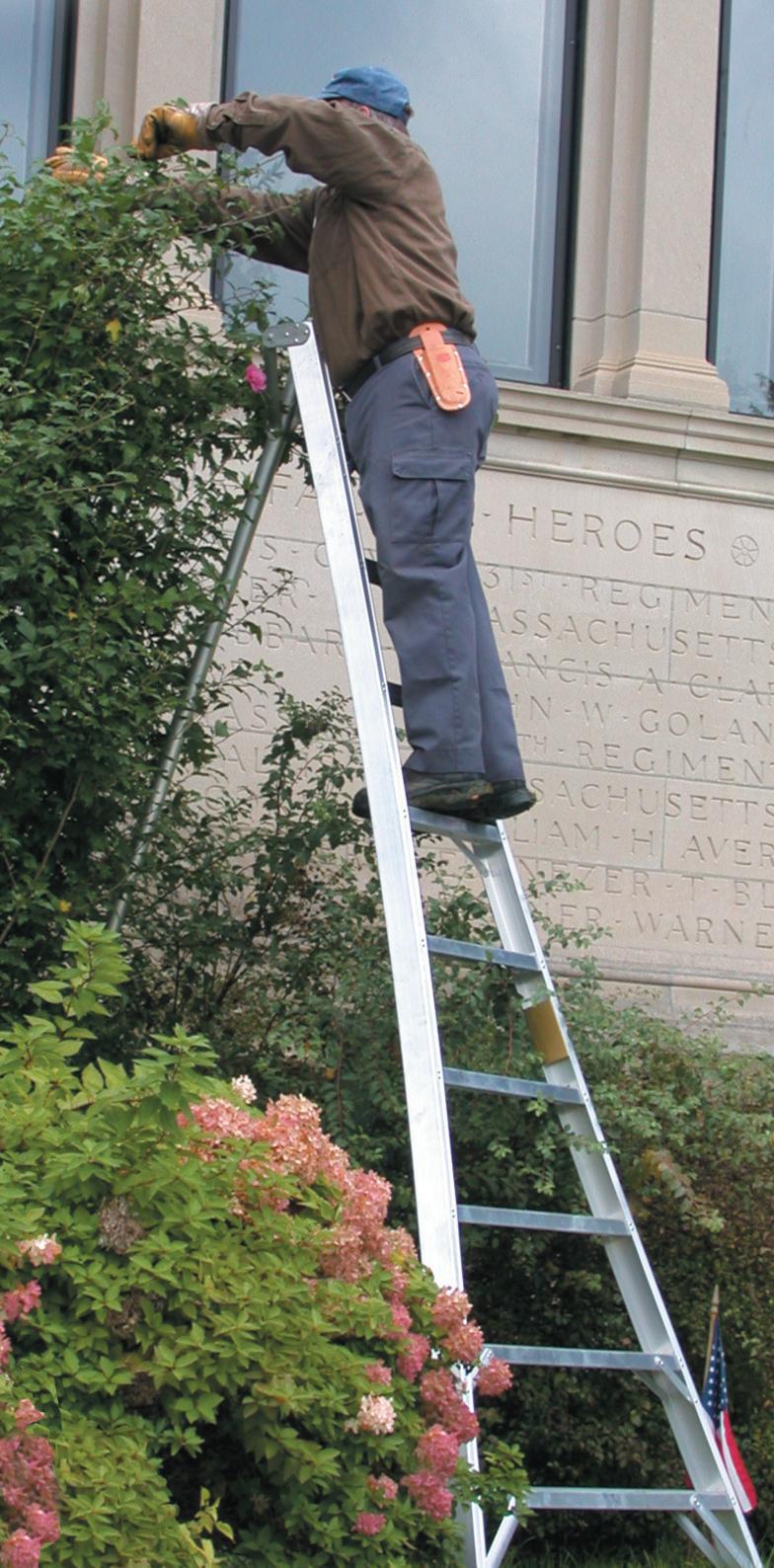
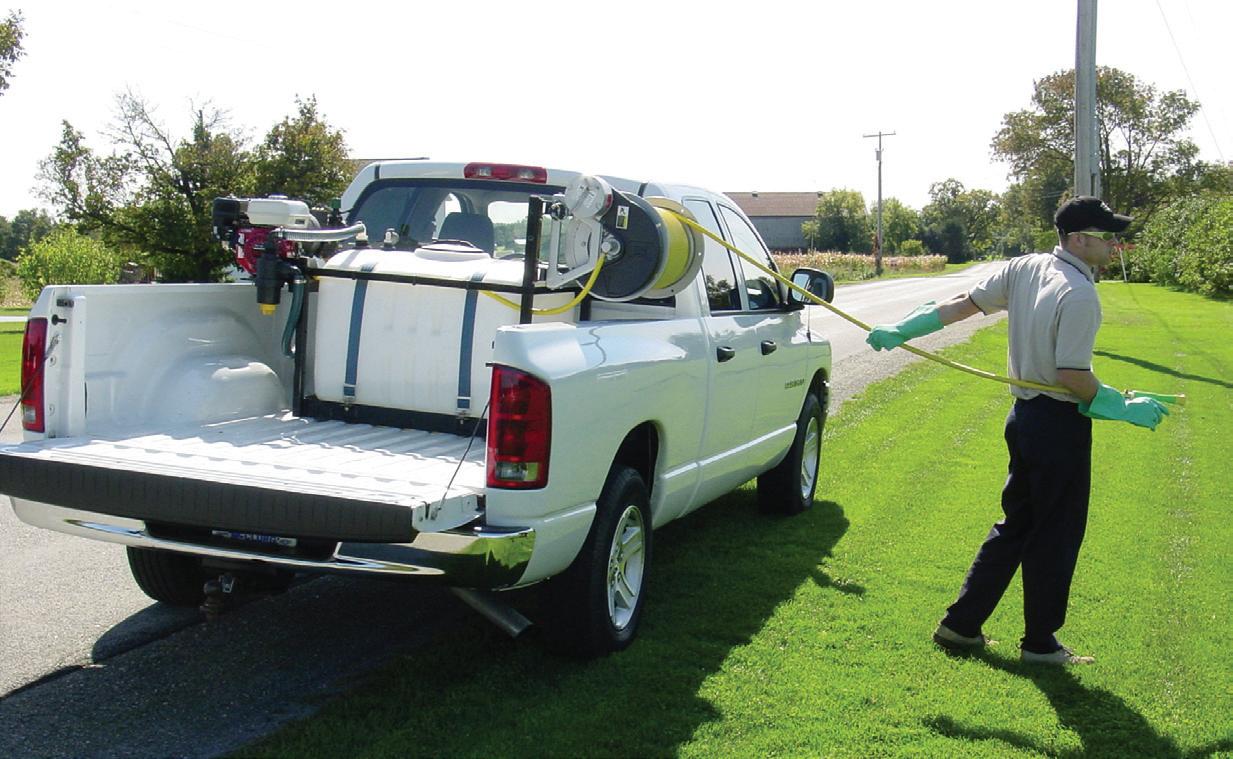
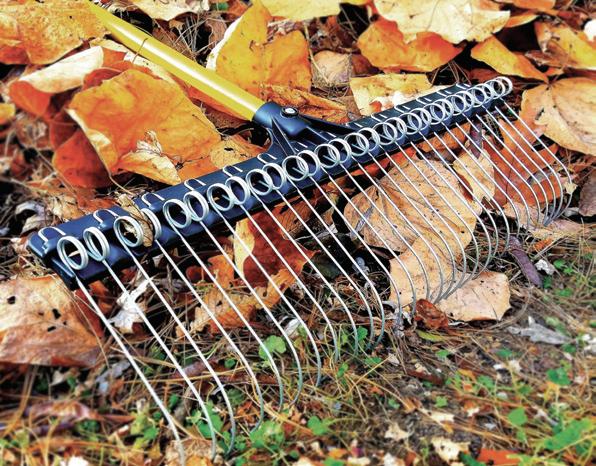




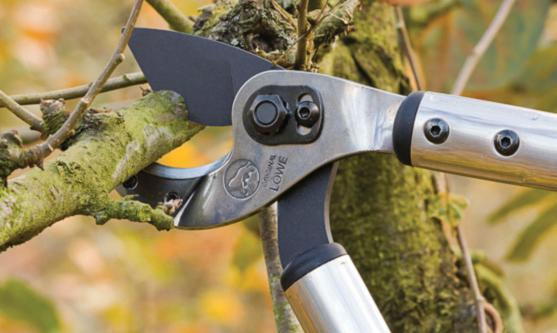
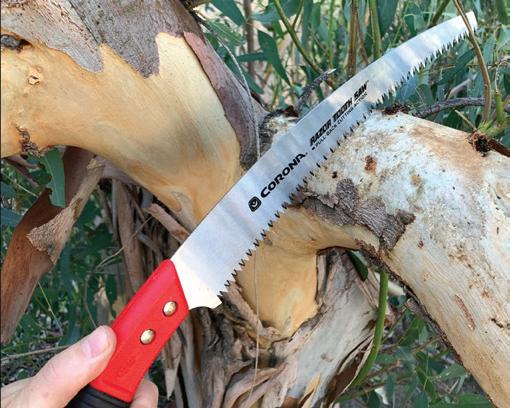







Myriad paver options are available in all shapes and colors including some that incorporate lighting or fountain fixtures. Some of the hottest new pavers are permeable systems. Many municipalities are beginning to require or reward the use of permeable pavers as part of keeping stormwater on property. Companies have responded with large portfolios of attractive and eco-friendly options.
Concrete is incredibly flexible as a paving material and can be colored or stamped with designs. Concrete is also readily available, easy to manipulate, and can be treated for a contemporary look or rustic feel. If you have a design that demands curving shapes, interlocking patterns, or creative forms, concrete makes for a practical solution.
Porcelain pavers have been gaining traction as they become frost-resistant, durable, and easy to care for. Porcelain provides a sophisticated look and feel that can seamlessly transition from indoors to outside. It is particularly effective for modern pool decks where the client is seeking a surface that mimics tile yet holds up to the weather. Porcelain pavers are usually in shades of gray and earth tones and are increasingly turning up on home renovation programs.
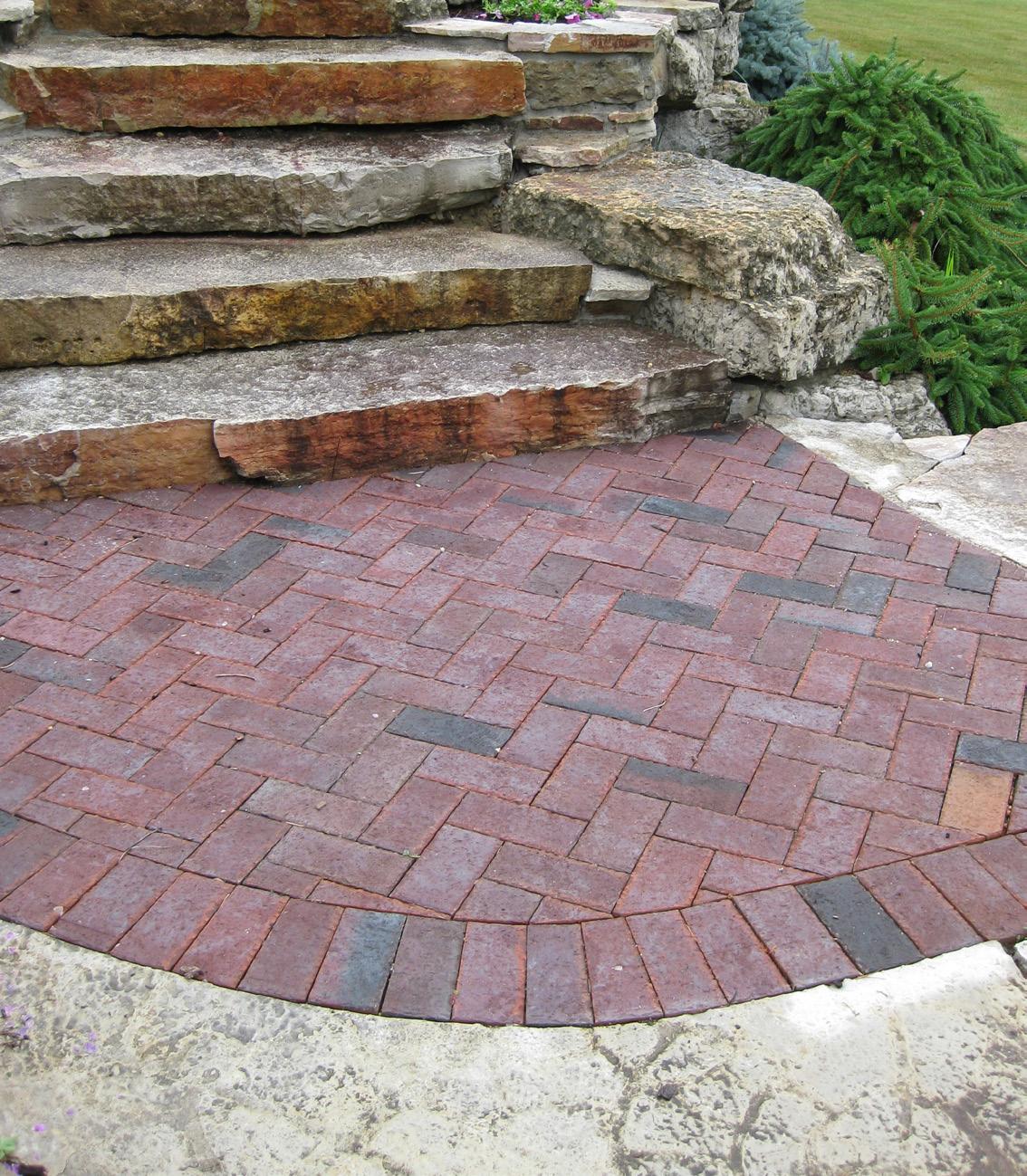
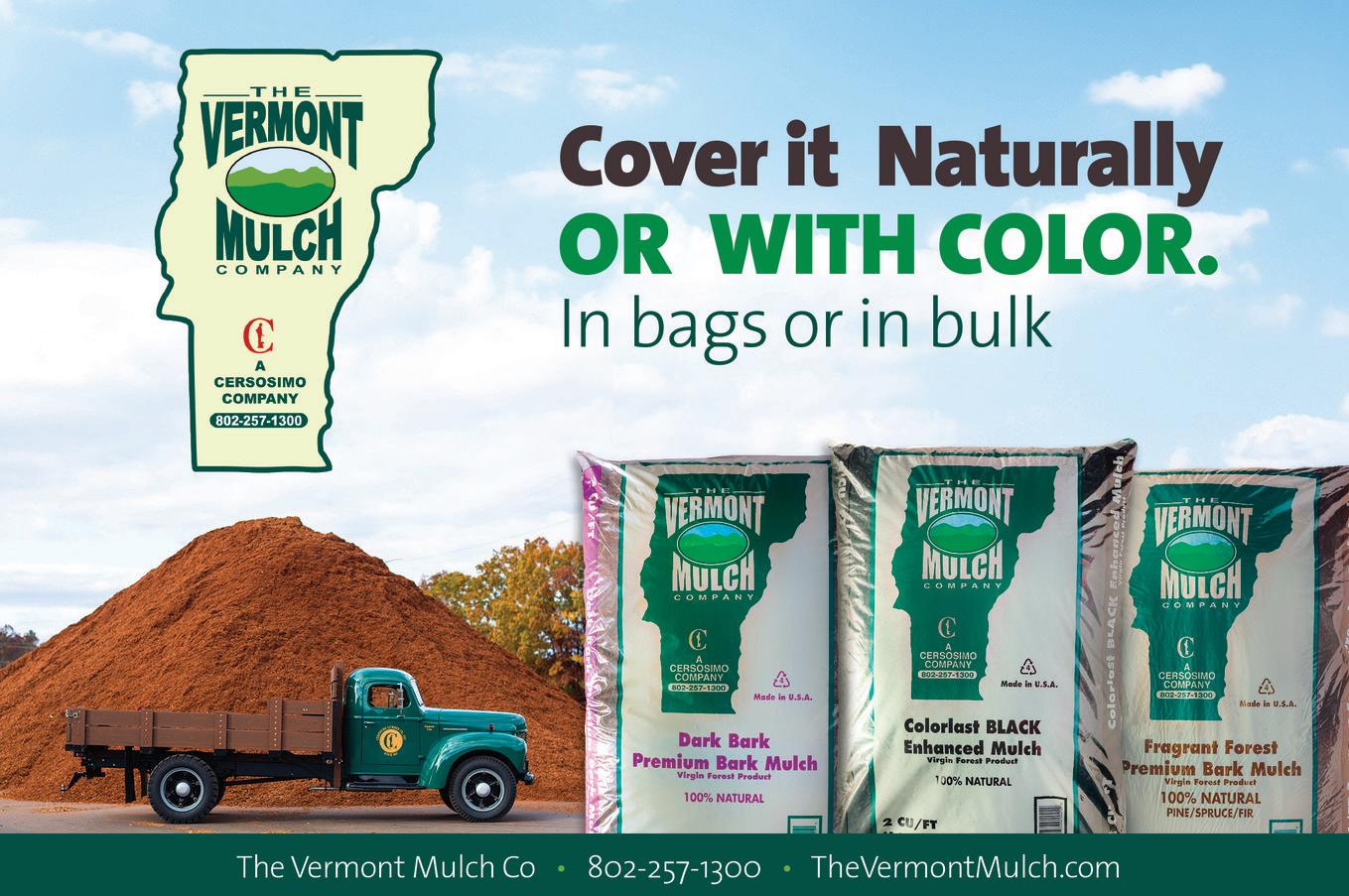
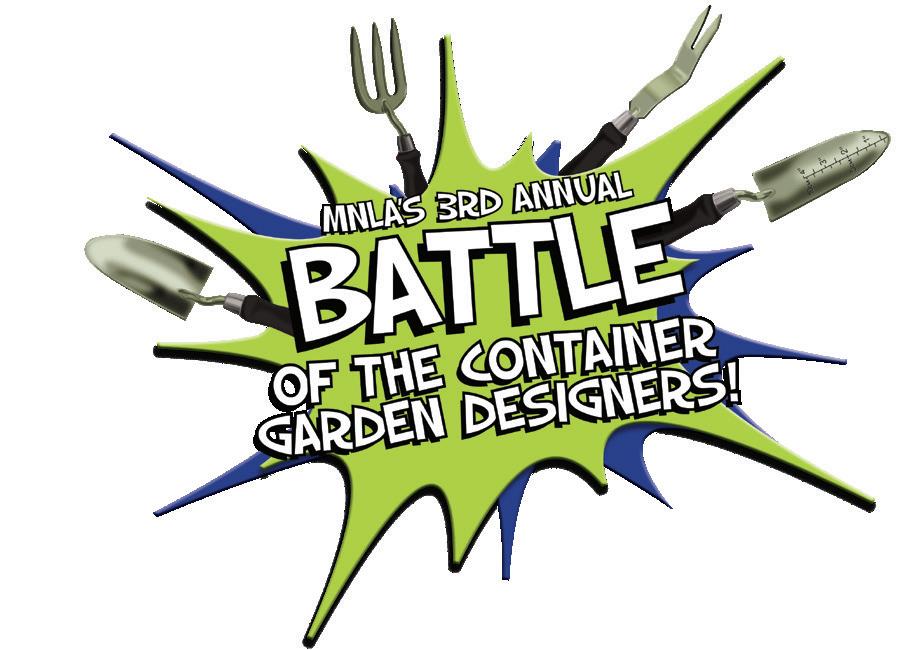


Thursday, July 25
Our theme this year is HOT, HOT, HOT!
• Learn about the latest ideas, products and services with an eye on heating it up for 2024–25.
• Meet with hundreds of colleagues at the largest summer trade show in New England!
• Recognize, empower and thank your teams with access to networking, professional development and fun.
• Join professionals and green industry leaders for a collaborative and innovative experience.
• Earn up to three MCH credits and more!


Thursday,
Wachusett Mountain
41 Mile Hill Road
Westminster, Massachusetts








You are invited to compete for a chance to be crowned “MNLA Container Garden Designer of the Year!”
Participation in the competition is only $35 per entry (one entry per person). Participants need to be registered for the full Down to Earth Summer Conference & Trade Show program. Winners will be announced at the Down to Earth AFTER PARTY at 3:00pm.
Visit mnla.com/dte24 for more information and to register online.
1st prize $250 3rd prize $75 2nd prize $125 4th prize $35
ALL competitors will be entered into a drawing for the chance to win several donated prizes by our sponsors. Must be present to win!
1. Pre-registration is required on or before July 18, 2024 at $35 per entry (one entry per person.
2. Qualifications: This competition is open to ALL who want the chance to be crowned MNLA’s Container Garden Designer of the Year. Registration to the MNLA Down to Earth Summer Conference & Trade Show is a prerequisite to register for the container competition.
3. Assembly: Container gardens will be assembled on-site in one of the following time slots: 9:30am or 10:15am. Participants will have approximately 30 minutes to complete their design. Plant material will be provided.

4. The completed work must:
A. Be set up within the container supplied; B. Must use the plants supplied; C. Must use the soil provided; D. Only include 1 plant/prop from private arsenal.
5. Judging will be held on July 25 (12:00–2:00pm) by event attendees for the People’s Choice Award. Winners will be announced at 3:00pm on-site at the Down to Earth AFTER PARTY (FREE to all registered attendees).
6. Photographs of all entries will be taken. By entering the competition, entrants give full permission for all photos by MNLA and its agents to be used in newsletters, social media, website, display, promotional and educational purposes.
7. The decision of the judges is final.

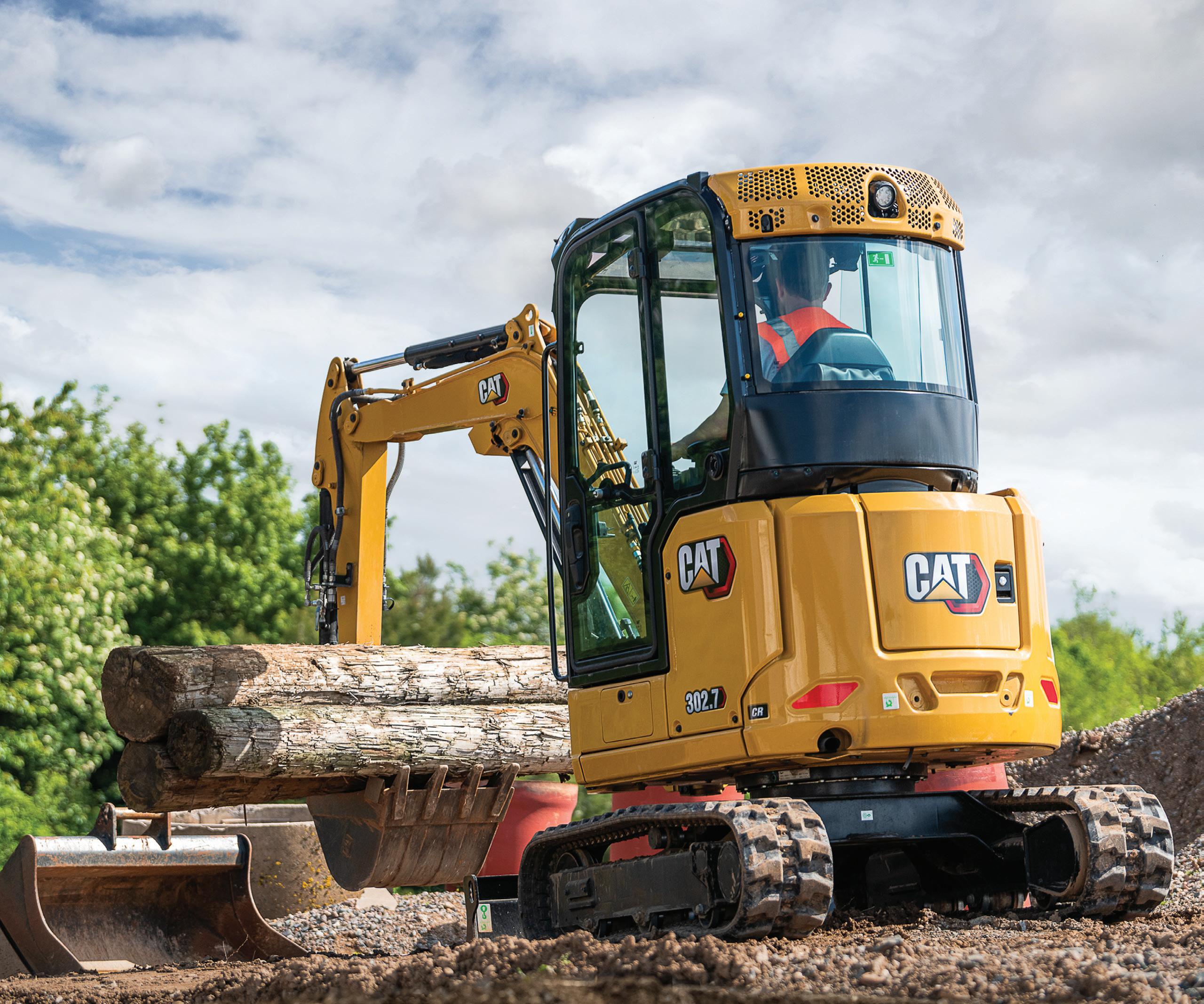

by Heather Prince
From the cheerful petals of pansies on a spring salad to the cucumber crunch of blue borage flowers in your iced tea, edible flowers give us an elegant way to incorporate plants into our everyday dishes and connect with the beauty of the garden. A world of edible flowers are at our fingertips from our trees, shrubs, perennials, and vines to our herbs, vegetables, and annual plants. We explored some traditional and unexpected culinary uses of flowers with Lisa Hilgenberg, former horticulturist at the Chicago Botanic Garden who now oversees genetics and supply for Intrinsic Perennial Gardens, Inc.
As we work with customers, sometimes we have to sell them on our plant selections for their landscapes. Why not share a recipe or two that gives the client an instant reason to enjoy their property and find new ways to be excited to go outside and explore it? With the edible plant trend only growing in popularity, incorporating some edible flowers provides a unique way for people to use the plants they are growing and share them with their friends and family. We all love tomatoes, but have you tried nasturtiums?
“I find Rosalind Creasey, the edible landscape designer and author, to be such an incredible source of information,” notes Hilgenberg. “Her Edible Landscaping book is a terrific resource for those who want to dive into the topic. She’s been an inspiration to me on growing, harvesting, and enjoying these plants.”
Since edible flowers can be found across the plant world (see sidebar), you are likely already using them in designs from landscape beds to container gardens. To pick just one, consider the mint family including Agastache (hyssop), Pynanthemum (mountain mint), and Monarda (bee balm). These hardy perennials have flowers and leaves that are edible. Best used fresh, you can enjoy their varied spicy to floral flavors in teas and lemonades, sprinkled over salads, tossed with berries, or swirled into yogurt or ice cream. These tough perennials love the sun and tolerate a range of soil types from rocky to clay. They are also beloved by pollinators whether it’s hummingbirds in the bee balm or bumble bees in the hys-



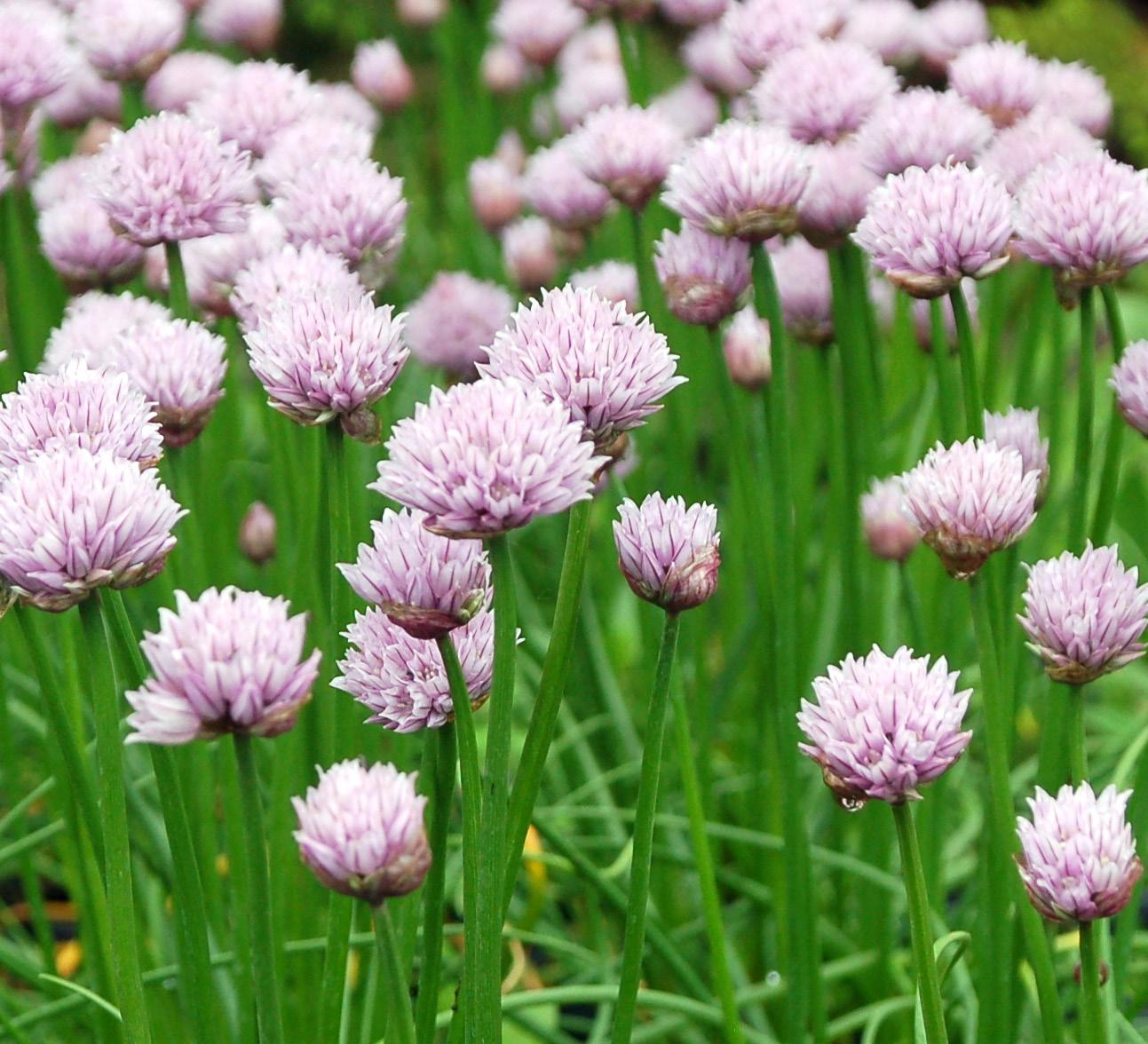
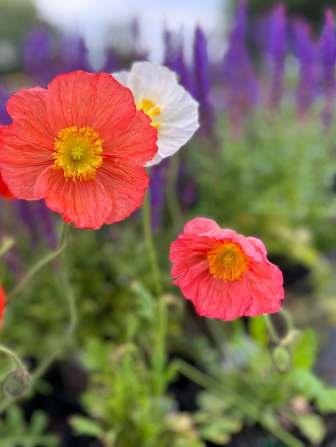

sop. Weave them through perennial beds for bright splashes of color or, in the case of mountain mint, subtle layering of interesting foliage.
Many perennial herbs are also dynamic plants in perennial combinations. The silvery leaves of garden sage can cool down hot colors. Creeping thyme is a foot-friendly groundcover, edge-of-the-path plant, or can be tucked between steppingstones. The airy leaves of bronze fennel can weave their purple fronds through heavier foliage to lighten vignettes.
Fuzzy green oregano can spill over stone walls and rocks. The flowers of dill, fennel, oregano, basil, and coriander can all be enjoyed throughout their season. Basil may be pinched and encouraged to branch, plus, “You can eat the seeds as well,” Hilgenberg points out.
Container gardens are another wonderful place to use edible flowers. Plants can be easily accessible from a patio pot or balcony railing. They can be fillers or spillers with taller ornamental or edible plants. “I love the plants that tumble over the side of containers,” says Hilgenberg. “They are the spillers of a design and soften the edges. Think about alyssum and nasturtium that have charming edible flowers. They can be so beautiful tucked in and around a tall pepper, for instance. A pepper plant has pretty bare ankles, but placing those lovely flowers around its base is a way to hide and fill that space.” Another interesting filler plant is a Mediterranean native that likes to be hot and dry: Dianthus caryophyllus or carnation
or clove pink. “Use it in a succulent container,” recommends Hilgenberg, “as a pop of pink. It’s a very aromatic flower, with delicious fragrant flowers.”
Scented geraniums (Pelargonium spp.) make a delicious container plant for the sunny garden with their myriad flavors and lacy foliage. The finely cut foliage is topped by delicate flowers in pinks and whites, and all plant parts are edible. “Victorian women used the foliage to flavor their cakes,” observes Hilgenberg, “but you can also enjoy the flower petals in teas and lemonade. Scented geraniums can be citrusy, minty, floral, all kinds of flavors, and they can be overwintered as a houseplant.”
For the shade container or landscape bed, tuberous begonia flowers are a tasty addition. “I love to use tuberous begonia, usually in hanging baskets, but also folded into container designs,” says Hilgenberg. “People don’t think of it as an edible flower, but the petals have sort of a citrus flavor and a lovely soft texture.”
One of the first things to consider when planning for edible flowers is how they have been grown. “You don’t want to harvest flowers that have been treated or sprayed unless food-grade products have been used,” points out Hilgenberg. Many of our edible flowers also need little if any fertilizer, especially herbs. Hilgenberg recommends compost



and organic granular fertilizers if additional nutrients are required. “Whatever you put on your plants is going to go on your plate, so thinking that through a little bit is important.”
When cutting for harvest, “I usually think of herbs as being harvested three times a season, rather than a lot of little snips here and there. You can take the top of chives off and they’ll regrow two or three times a season. Chives are so easy to do as a cut and come-again plant, just leaving enough of that top growth, about a two-to-three-inch plant, so that it can still photosynthesize.” Many edible flowers will rebloom after a harvest, giving more opportunities to enjoy them, and some are a seasonal treat to be appreciated once a year.
From managing the edible collections at the Chicago Botanic Garden, Hilgenberg has learned that timing can be important. “I’d say about 8:00 am is the perfect time. Dew has had a chance to mostly evaporate from plants. So, you’re not harvesting wet plants, you’re picking before the day’s heat has built into the flower and dissipated the aromatic oils. I’ve found 8:00 am to be the sweet time of day to do that.
Choose flowers when they are at their peak — when the petals are fully colored and open. In general, we use the petals, pulling the flower apart and removing the stamen and pistil. Getting the timing right for harvest means that the flowers will last longer when properly stored.”
Once harvested, flowers are best used that day, although you can store them briefly. “Post-harvest, long-stem plants can go into water in a cool dark place, like your kitchen pantry or basement,” recommends Hilgenberg. “For just flowers, lay them out on a damp paper towel or cloth and place in a sealed plastic bag or plastic clamshell in the refrigerator. You don’t have to necessarily place it on top of the flowers, but the damp towel means they won’t dehydrate, and they’ll keep for a few days.”
With a wealth of edible flowers to choose from, it’s easy to thread some through your designs. Delight your clients with a refreshing spin on a classic plant, introduce them to an exotic new flower, or surprise them with a fresh use. Edible flowers can be an elegant way to enjoy gardens all season long.




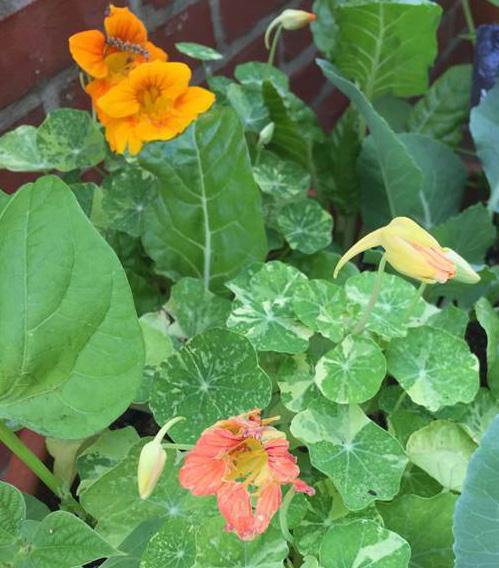
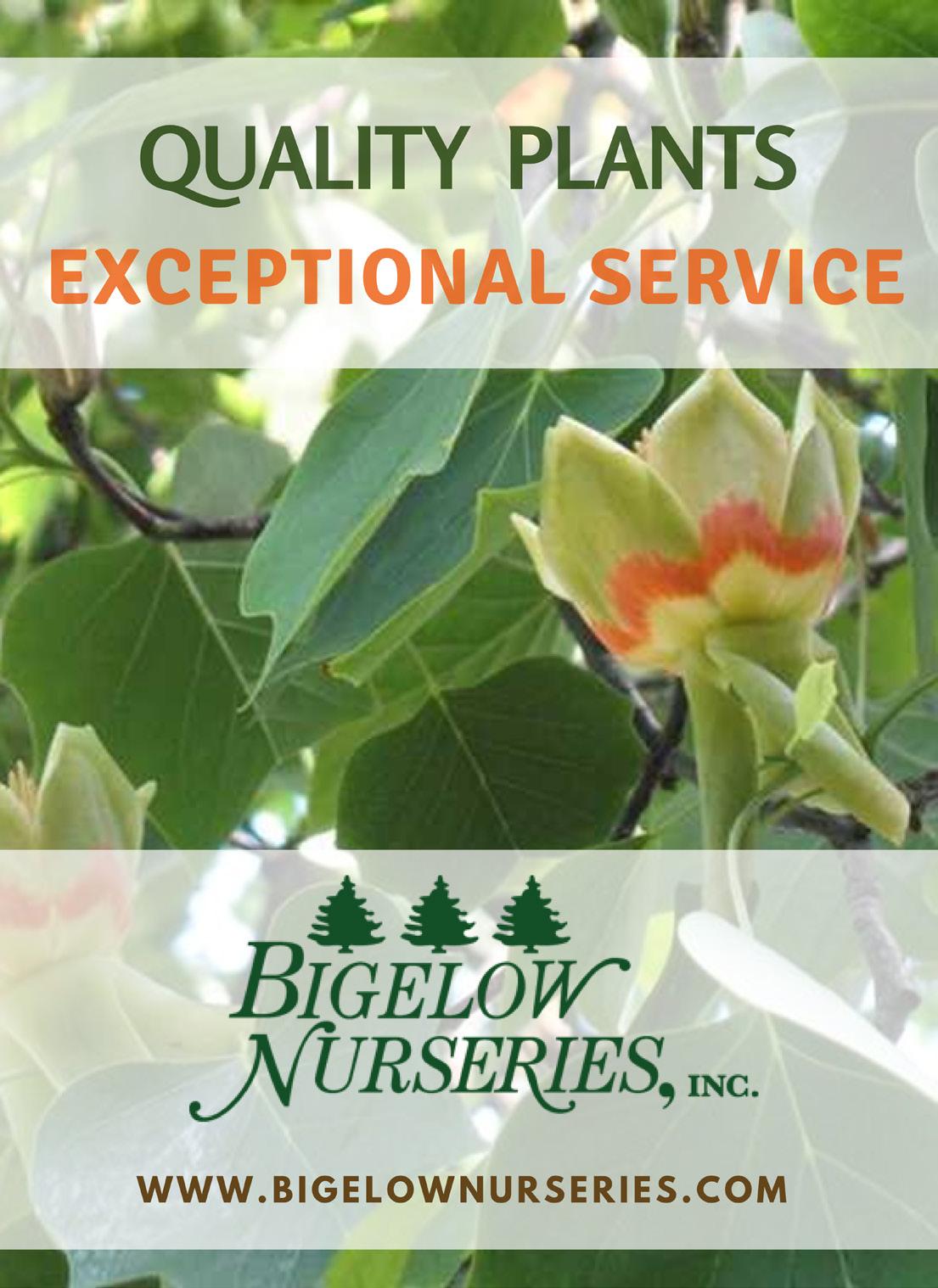

Hilgenberg has many suggestions for edible flowers from trees to annuals. As you dive into the world of edible blooms, there are many plants whose blossoms are enjoyed. We discussed some particular favorites and included her notes on use. As with any edible plant, please be mindful of potential allergic reactions.
1. Redbud (Cercis canadensis). The flowers of redbud have long been enjoyed by Native Americans and foragers. “It’s a beautiful little flower in the spring on such a lovely understory tree. Just gorgeous!” The fresh pea-like flavor can be enjoyed on salads, yogurt, or added to smoothies.
2. Lilac (Syringa spp.). A classic heirloom shrub, lilac flowers can be enjoyed fresh on salads or desserts and even made into wine. “They taste a bit like tart apple.”
3. Roses. Rose petals have traditionally been used to flavor pastries and candies but may also be enjoyed fresh. “I have wonderful memories of my grandmother making soap and facial products from her roses. She preferred the old-fashioned, deeply scented ones.”

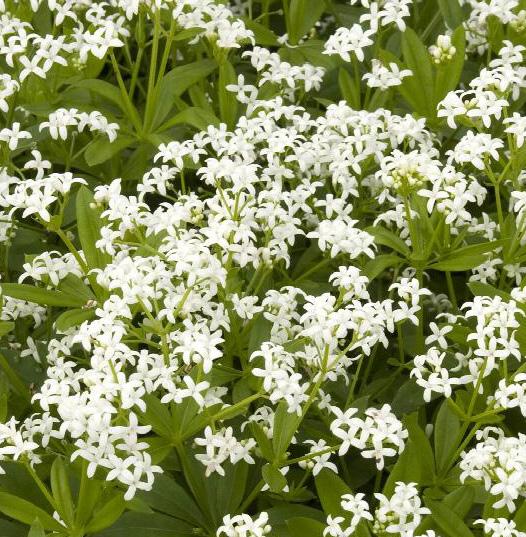

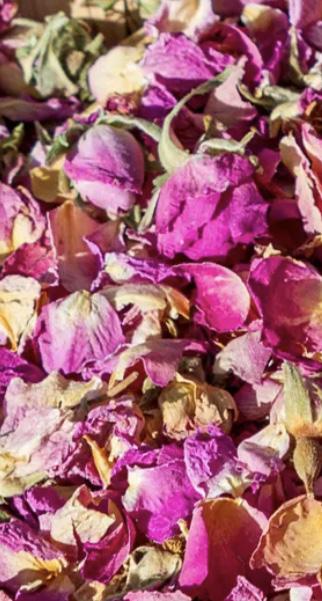
4. Sweet Woodruff (Galium odoratum). A traditional spreading perennial groundcover for the shade, sweet woodruff foliage has been used as a tonic flavoring for centuries and is a key ingredient in the Alsatian tonic, Maitrank. The tiny starry-white flowers are also edible and “They have a beautiful grassy vanilla flavor,” Hilgenberg says
5. Allium ‘Chivette’. A perennial introduction from Intrinsic Perennial Gardens, Inc., ‘Chivette’ can be treated like traditional chives in the edible garden or as an ornamental in landscape beds. Its mostly sterile flowers bring a bright oniony crunch to salads and stir-fries. “You can harvest the foliage, too, or treat it as a cut and come-again plant in the perennial border.”
6. Lavandula ‘Sensational’. Lavender flowers are versatile additions to a huge range of dishes and drinks. “Sensational overwinters very well in the Chicago area as it tolerates our soils and humidity better. Plus, it has larger flowers and a more compact shape.”
7. Shungiku/Chrysanthemum (Glebionis coronaria). “A very common plant for stir-fry from Asia, it’s also known as garland mum. At about 36 to 42 inches, you can pinch it to keep it more compact and use the flowers and leaves in your cooking.”
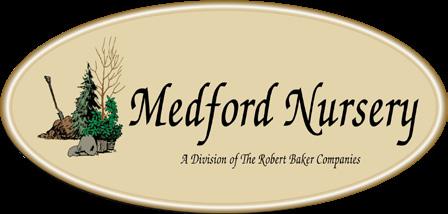

Shungiku/Chrysanthemum

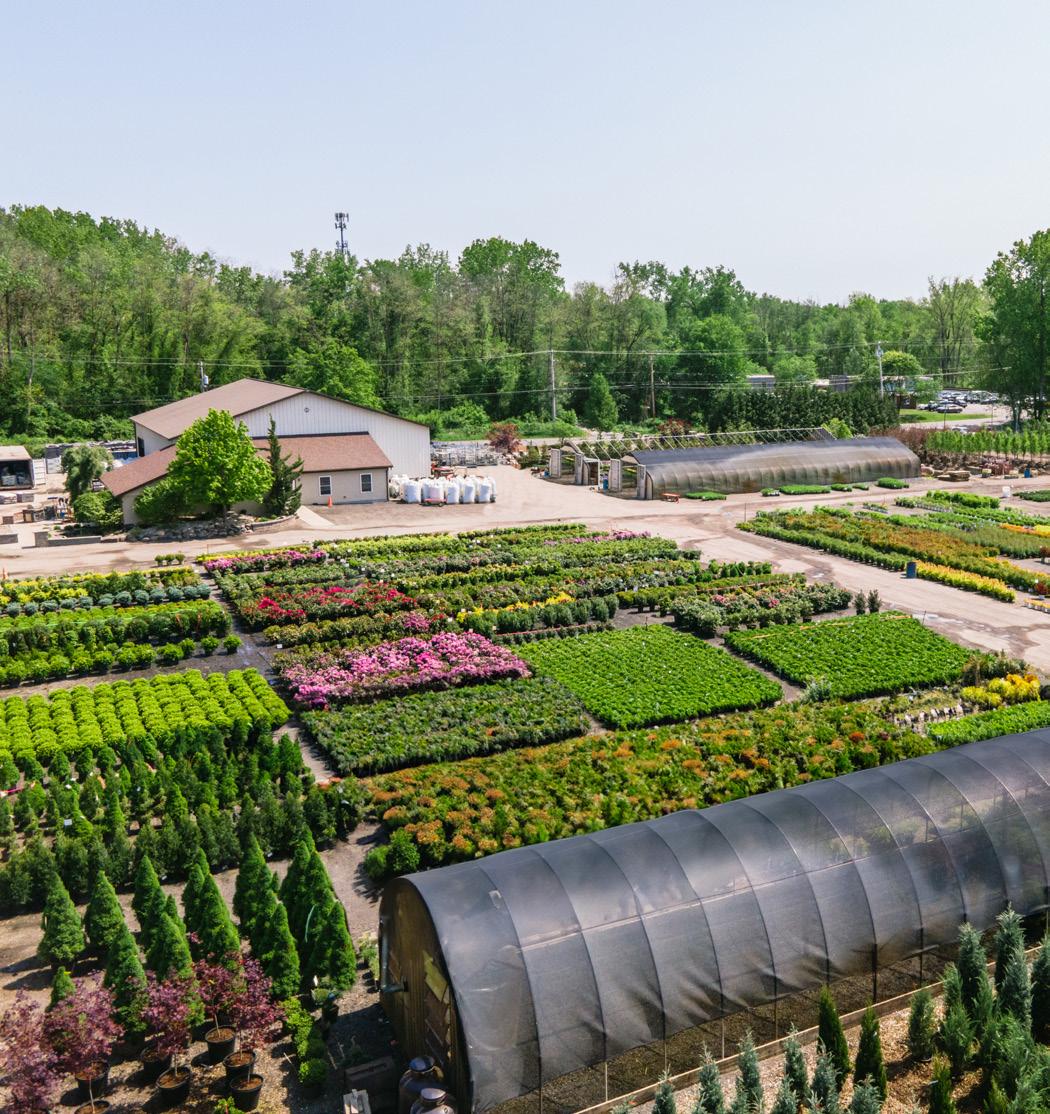

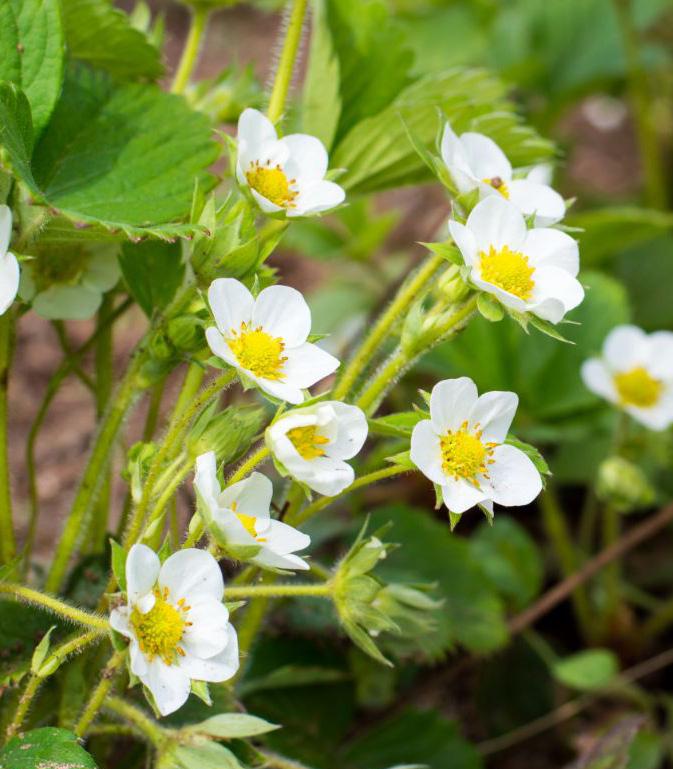
Traditionally also added to salads, the petals are made into a fragrant pickle called kikumi in Japan.
8. Strawberries (Fragaria × ananassa). Although known for their fruit, the botanic name of strawberries refers to their pineapple scent. The flowers of garden strawberries are edible. “Many people grow strawberries as annuals, but they are perennials, and you can eat the flowers. I think they’re a beautiful addition to a bowl of fresh berries.” Strawberries can be an interesting, rapidly spreading groundcover in a sunny spot.
9. Chamomile (Matricaria chamomilla or Chamaemelum nobile). Used for centuries in teas, Matricaria chamomilla is an annual plant in the Northeast, while Chamaemelum nobile is perennial. “The flowers have a sort of sweet apple flavor and fragrance.” With delicate ferny foliage and white daisy flowers, plant chamomile in a sunny welldrained spot at the edges of beds and borders.
10. English daisy (Bellis spp.). A charming cottage annual flower for spring containers, English daisy can also grace the plate. “Try using the petals in an English pea soup or sprinkled in a spring salad with pea tendrils for a lovely treat.”

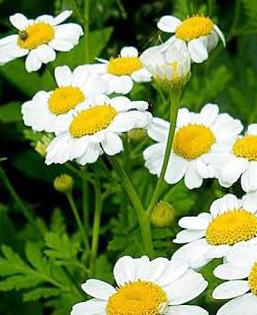



P: 207-499-2994 F: 207-499-2912

sales@piersonnurseries.com • www.piersonnurseries.com
Mailing Address: 24 Buzzell Rd, Biddeford ME 04005
Physical Address: 291 Waterhouse Rd, Dayton ME 04005
Office Address: 313 Waterhouse Rd, Dayton ME 04005
Current availability is posted on our website (PW: pni2024)
Contact our office to be added to the weekly availability email list. GROWING FOR OVER 40 YEARS

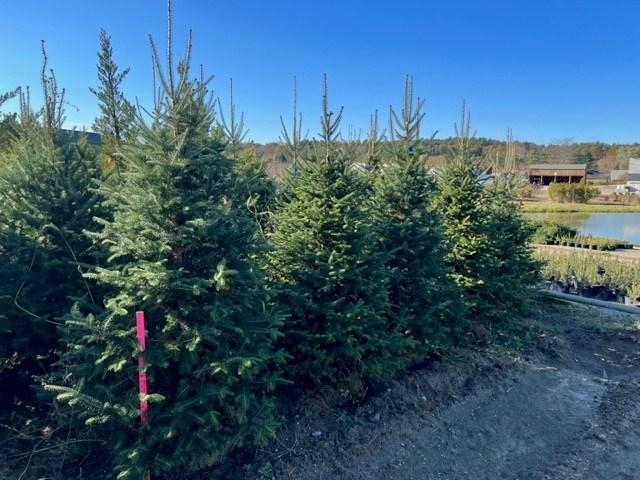

Landscaping allows your team to enjoy being in the great outdoors, but it also increases the likelihood they’ll encounter pests like ticks and mosquitoes. These insects may carry bacteria, parasites, or viruses, which is why it’s so important for your team to be aware of where they are more likely to appear, how to mitigate bites, and how to treat them if they occur.
Ticks are responsible for more than a dozen types of diseases, including Lyme disease, Rocky Mountain Spotted Fever (RMSF), and Anaplasmosis. The transmission of these diseases depends on the geographic location of the tick and its hosts (mice, deer, etc.).
• Lyme disease is most frequently reported in the upper midwestern, northeastern, and mid-Atlantic states. Symptoms include fever, rash, facial paralysis, and arthritis.
• RMSF can become fatal if not treated within five days of symptom onset, while untreated Lyme disease is rarely fatal, but can progress to a diverse range of disorders affecting the heart, nervous system, bones, joints, and organs. RMSF is transmitted by different ticks in different states but is most commonly reported in North Carolina, Tennessee, Missouri, Arkansas, and Oklahoma. Symptoms
include high fever, severe headache, muscle aches, nausea, vomiting, and edema around the eyes and on the back of hands. A rash also appears two to five days after the onset of symptoms.
• Anaplasmosis is commonly reported in Northeastern and upper Midwestern states. It can cause fever, chills, muscle aches, gastrointestinal symptoms, and a severe headache.
Any clinical suspicion of RMSF or Anaplasmosis should be treated immediately as delay may result in severe illness and even death. Be aware that tick bites that occur within the work environment are considered work-related injuries and must be recorded under OSHA recordkeeping requirements, as applicable.
Of the 200 types of mosquitoes found in the continental U.S., only 12 species can spread diseases. Nuisance mosquitoes do not spread germs but they can become a problem following heavy rains or natural disasters like hurricanes. Individuals are more likely to be bitten by nuisance mosquitoes following a hurricane or flood.
West Nile virus is the most common mosquito-borne

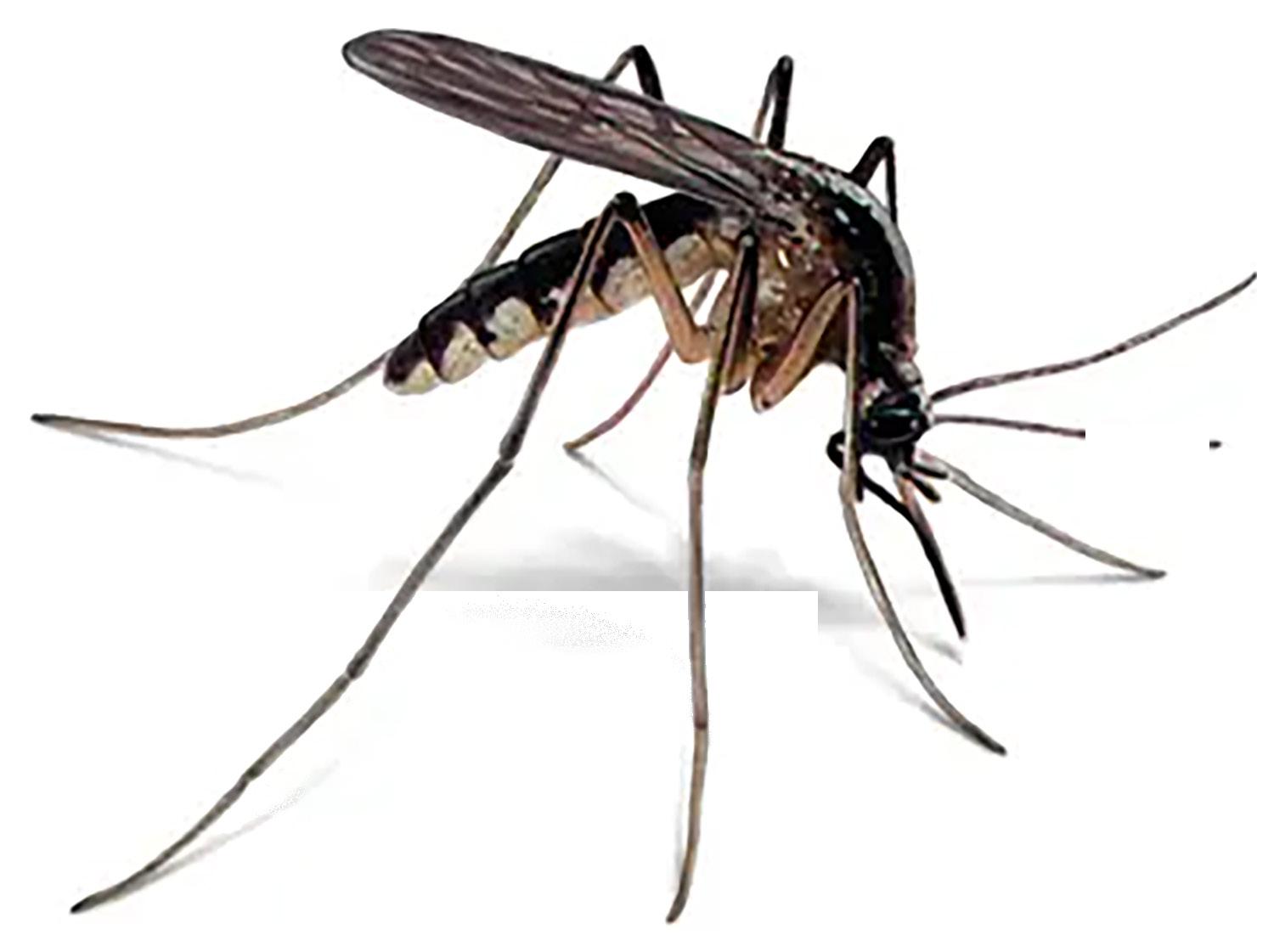
disease. It can cause potentially serious illness. The typical time from infection to the onset of signs and symptoms is three to 14 days. Signs and symptoms of the milder West Nile virus can last a few days to several weeks and include:
• Headache
• Fever
• Tiredness
• Body aches
• Nausea and vomiting
• Sometimes swollen lymph nodes
• Sometimes a skin rash on the body
More serious infections can result in encephalitis or meningitis, which lasts several weeks and can cause permanent neurological problems. There is no treatment for West Nile virus.
According to the CDC, dengue, chikungunya, and Zika virus outbreaks have also occurred in U.S. states including Florida, Hawaii, and Texas.
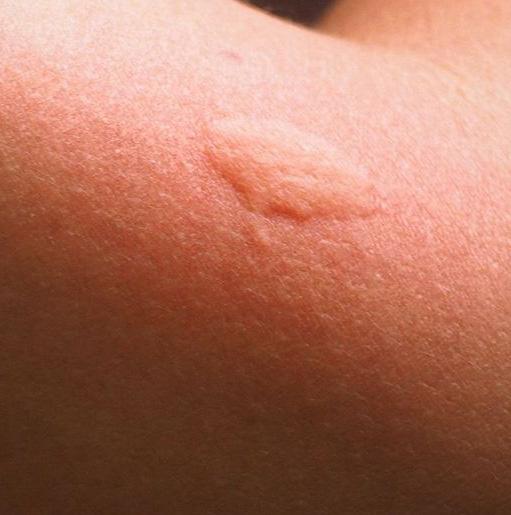
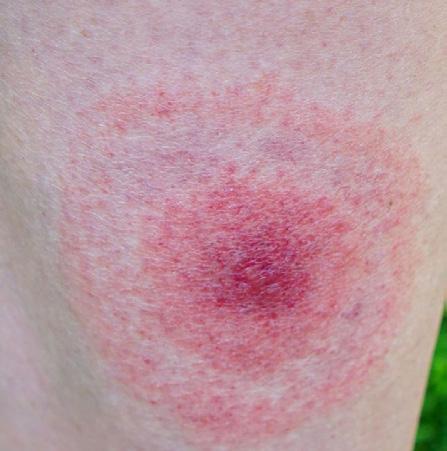

The first step to mitigating tick and mosquito bites is educating your team. A study on knowledge and prevention of tick-borne diseases found that Hispanics were less likely to conduct daily tick
checks and to report familiarity with Lyme disease symptoms.
Training team members about ticks in their primary language is critical to preventing workrelated tick-borne diseases. Your employees have the right to receive information and training in a language and vocabulary they understand about the workplace hazards of tick and mosquito bites, methods to prevent them, and the OSHA standards that apply to their workplace.
Explain to crews where they are more likely to encounter these types of insects. For instance, ticks are more commonly found in wooded areas, high grass, or leaf litter. They are most active in the spring, summer, and fall. When possible, have your workers avoid these areas or reduce tick populations by cutting back tall grass areas. Mosquitoes are also more likely to be present in warm weather. They tend to swarm at dusk and dawn.
Stagnant or standing water is a breeding ground for mosquitos, so eliminate these spaces on your clients’ properties where possible. Water in bird baths, fountains, and rain barrels should be changed out weekly to destroy mosquito habitats. Do not touch dead birds as West Nile virus is known to infect birds as well. Instead, notify a supervisor for proper removal. Crew members should wear hats, lightcolored clothing, and long-sleeved shirts and pants
tucked into work boots or socks to prevent ticks. Light-colored long sleeves are advised for preventing mosquito bites. Use insect repellents containing 20–30% DEET on exposed skin and clothing. Permethrin, which kills ticks on contact, should be applied to clothing and gear.
Mosquito bites should be washed with soap and water. Ice packs can reduce swelling and itching. Over-the-counter anti-itch or antihistamine cream can also help relieve itching.
Train crew members to check their
skin and clothing for ticks daily. Work clothes should be placed in a hot dryer to kill ticks.
If an individual does find a tick, it should be immediately removed using tweezers. With tweezers, firmly grasp the tick as close to the skin as possible and pull away with a steady motion. Clean the area with soap and water. Removing ticks within 24 hours significantly reduces the risk of being infected with Lyme disease.
If an employee develops symptoms of a vector-borne disease, have them seek medical attention promptly. They should
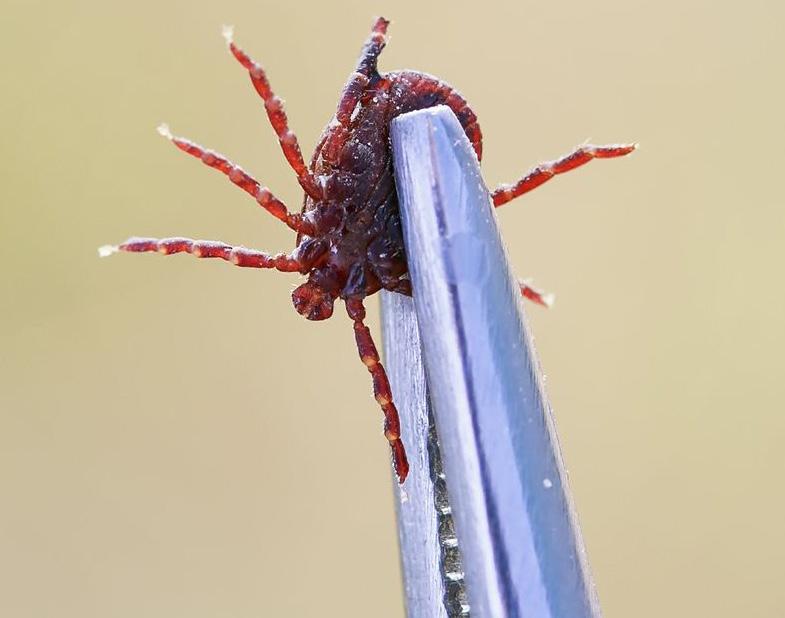
also inform their doctor that they work outdoors and report any tick or mosquito bites.
Source: National Association of Landscape Professionals

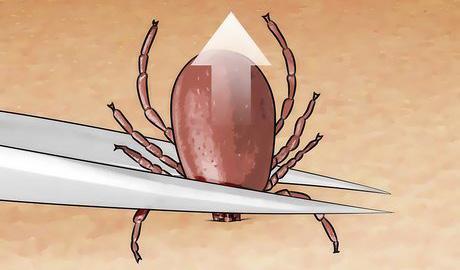



The Massachsetts Nursery and Landscape Association has a long history of innnovation. pro|grow|news is simply a reflection of MNLA and its position in the industry. Its purpose is to promote the environmental well-being of the state as well as the highest levels of business ethics within the profession.
2024 brings renewed commitment to quality for pro|grow|news readers and advertisers will see:
• larger issues
• enhanced enhanced content
• larger pictures
• more features
• greater variety
• focused issue content
• on-time delivery
• deadlines you can count on
• seasonal content and ads delivered on time
pro|grow|news delivers loyal and active readers to its advertisers. Our policy remains — keep ad rates affordable in order to attract more product choices for members. This commitment has not wavered.

The MNLA Four Seasons Guide provides a complete up-to-date listing of MCHs and members. The annual publication is mailed to members.
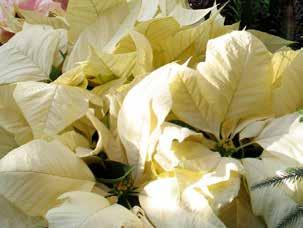



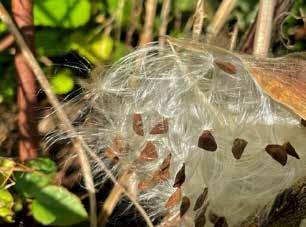
by Ryan Corrigan
Carpinus caroliniana displays an incredible bark texture. After a few years of growth, its bark appears a toned and muscular bluish-gray. It is very slowgrowing, which helps it maintain a thin bark that stretches over inner protruding hardwood. The tree holds some of its leaves over the winter, providing depth to the moist woodland garden, particularly when snow is on its branches. Extremely hardy and durable, it can also tolerate street tree conditions
Facts and Features
Best used in moist, shady riverbank-type situations, but can be flexible enough for a landscape tree even in sunny conditions. It is a great Japanese Maple native alternative.
Plant Culture
Type: Tree
Exposure: Full Sun to part shade
Soil: Average
Size: 30 to 35 ft
Growth Rate: Slow
Hardiness zone: 3A to 9a

